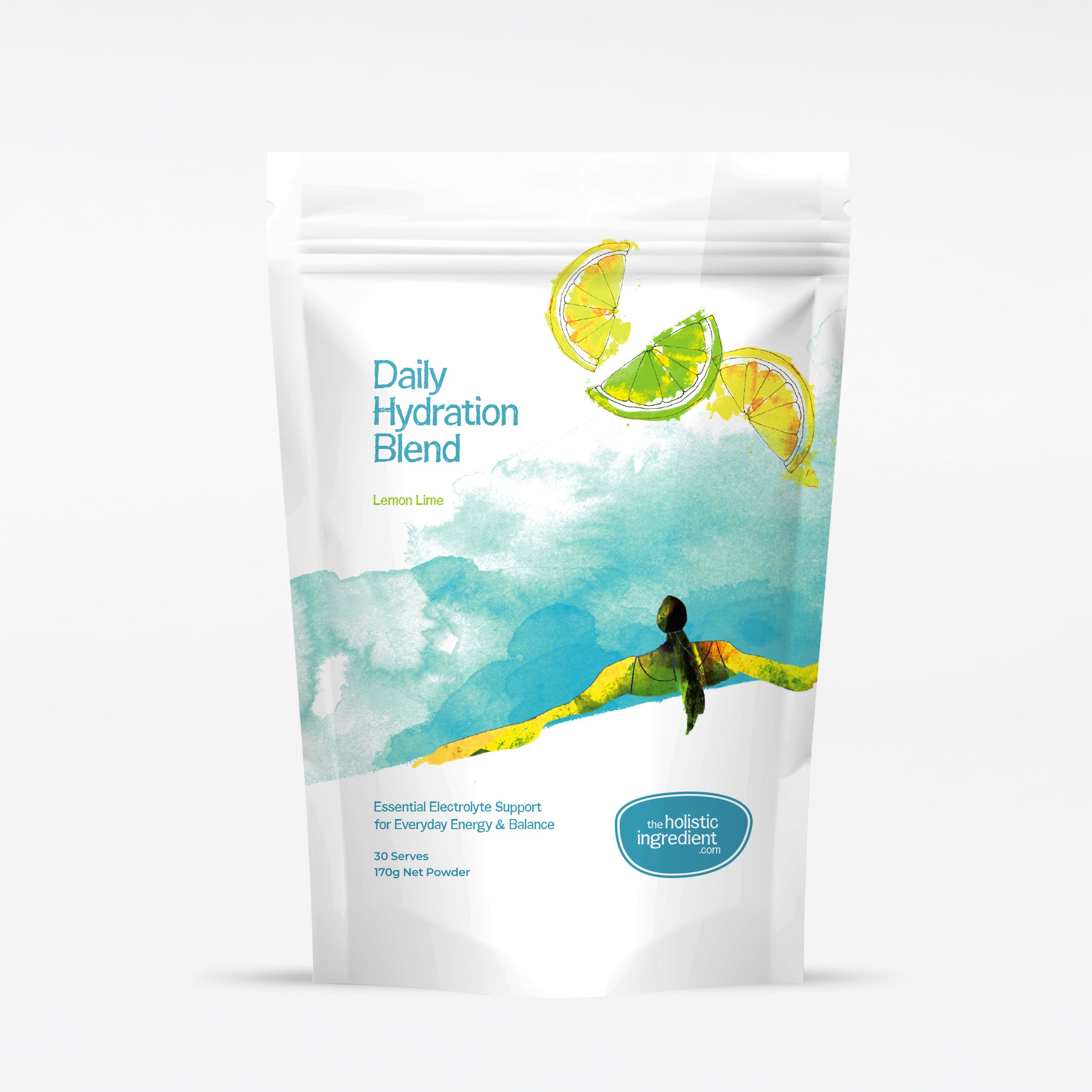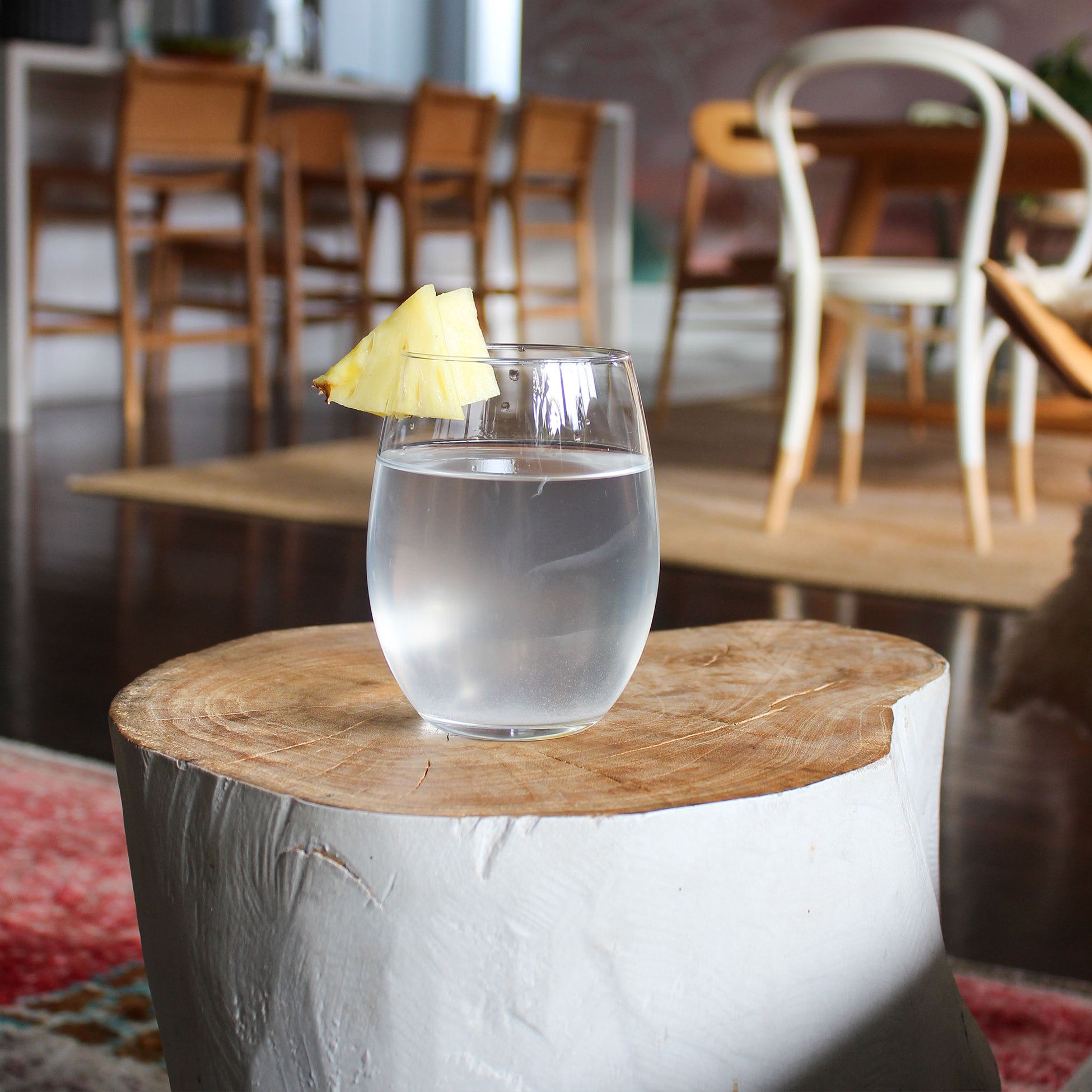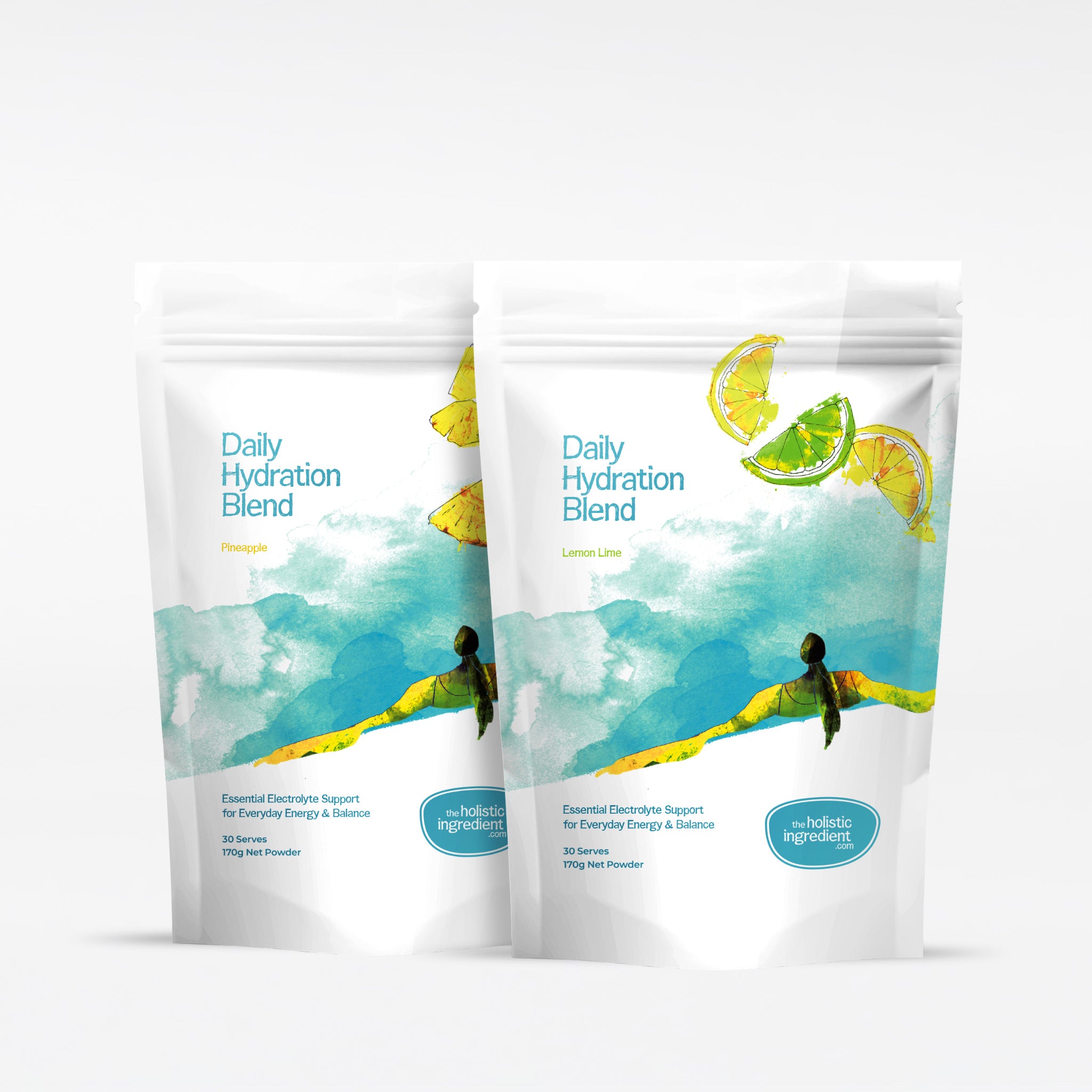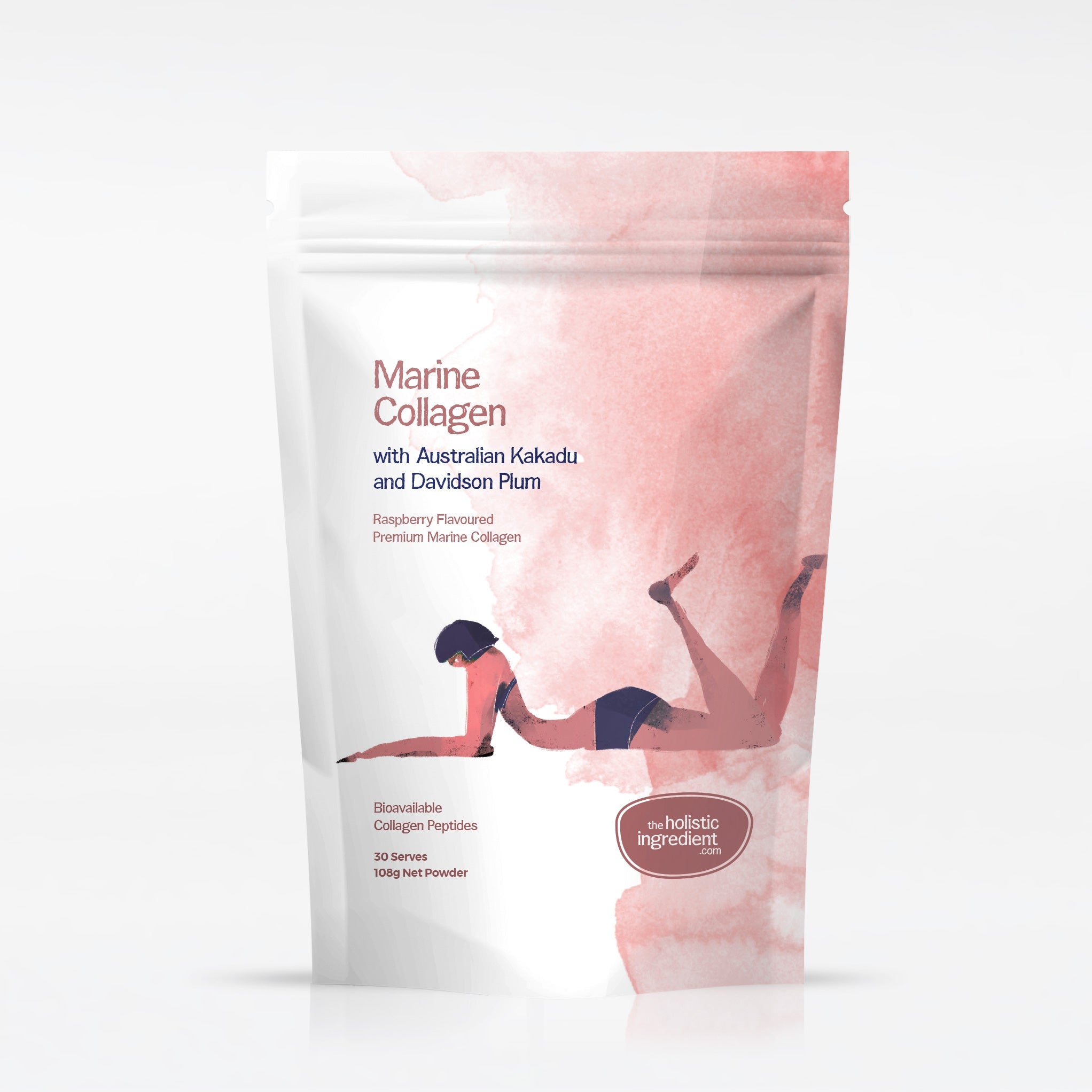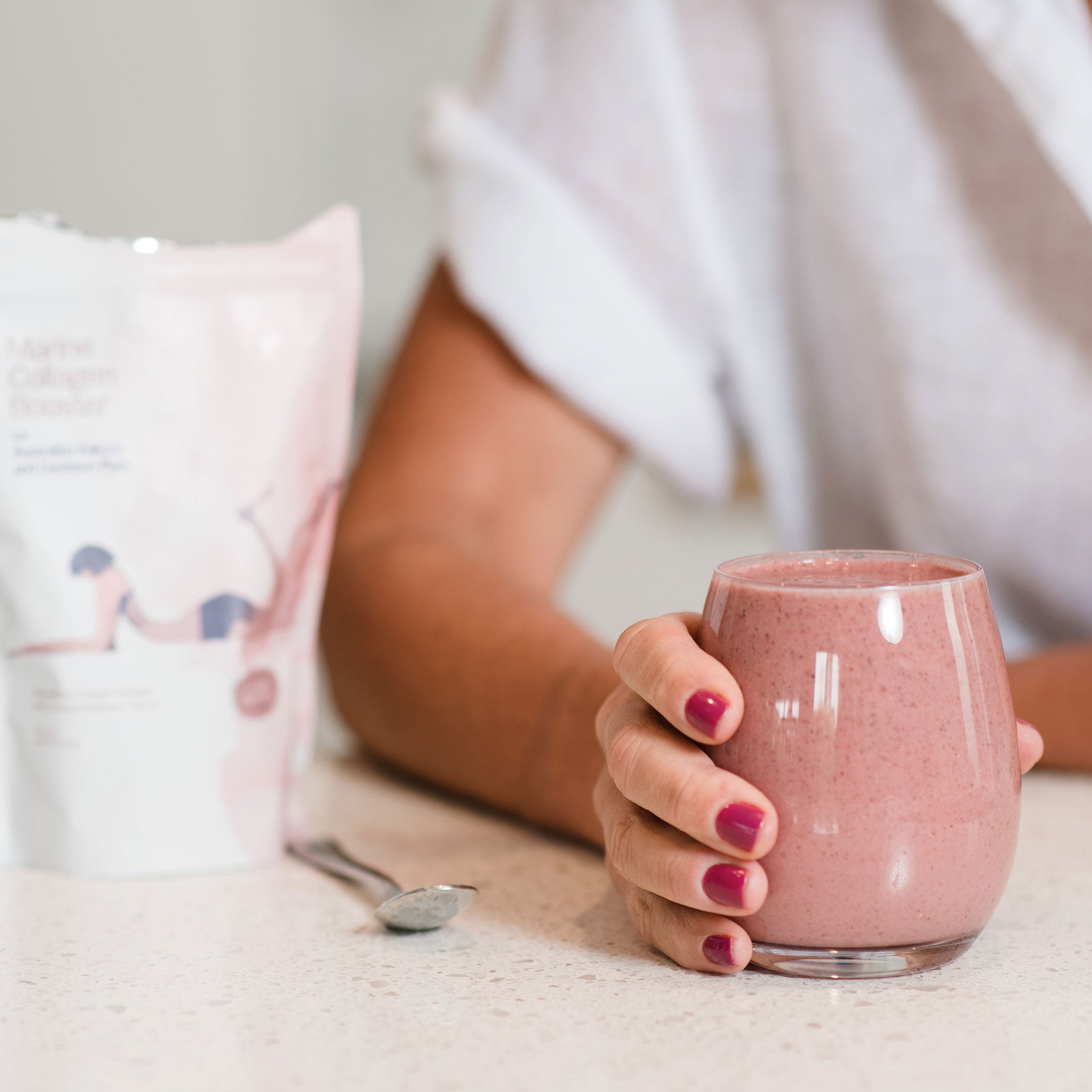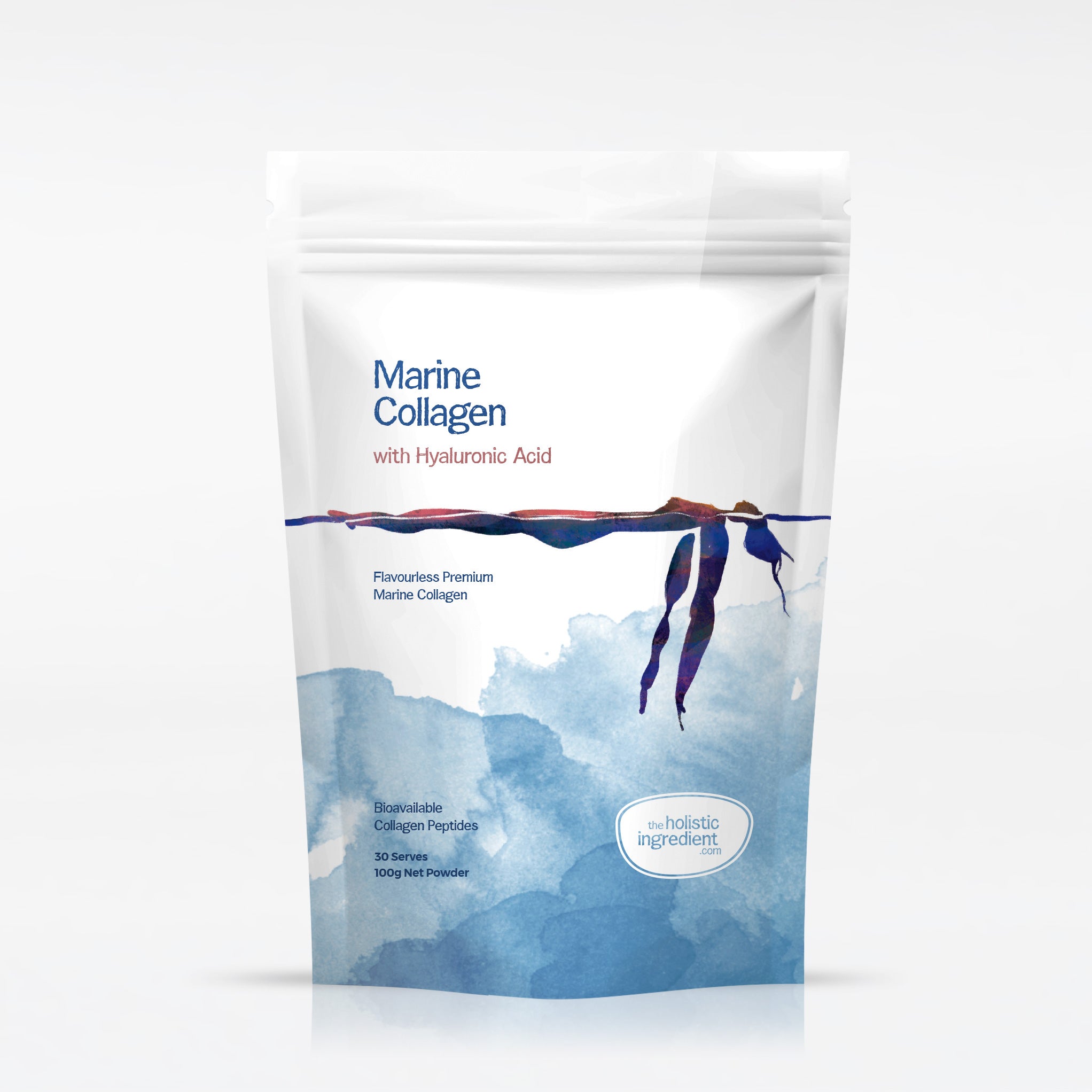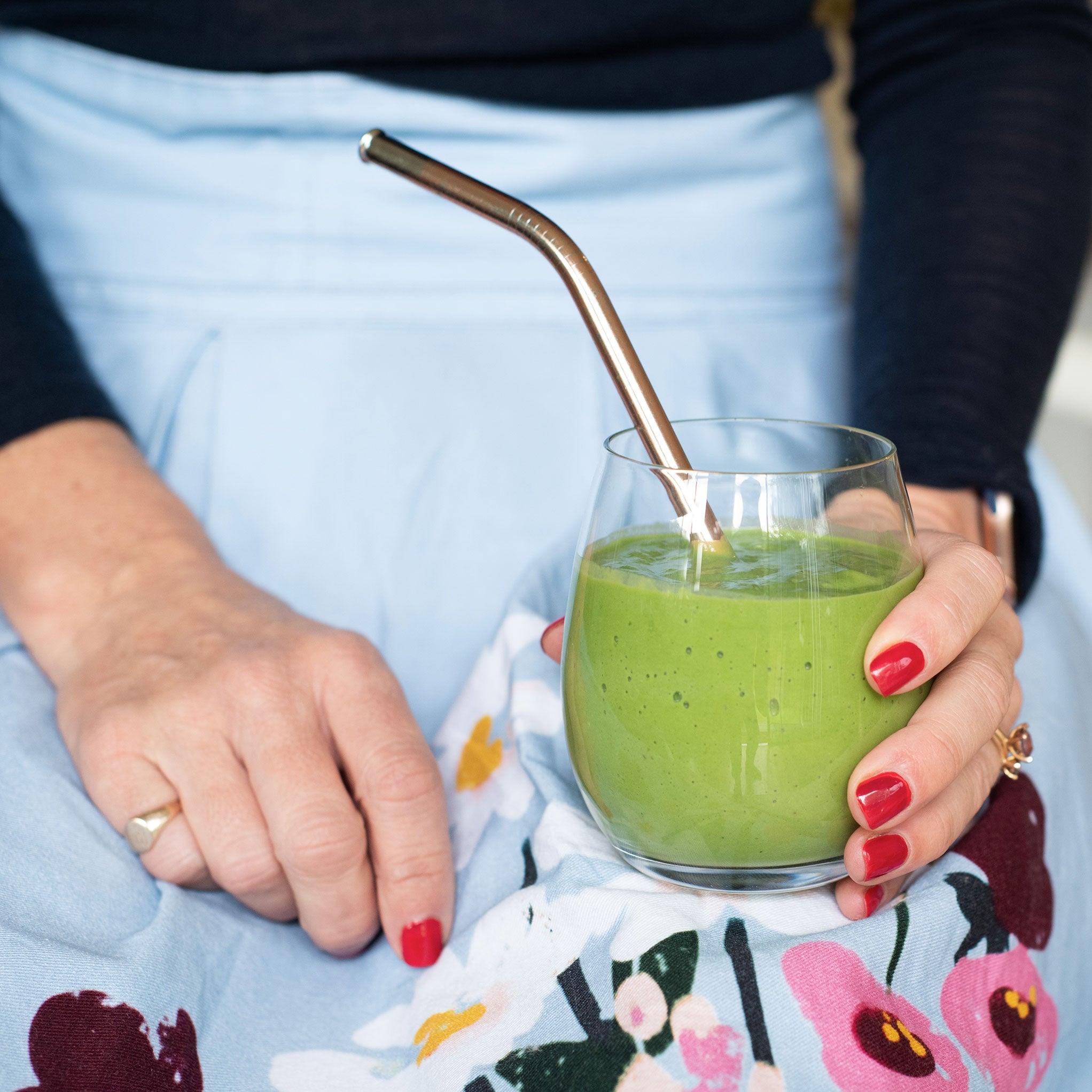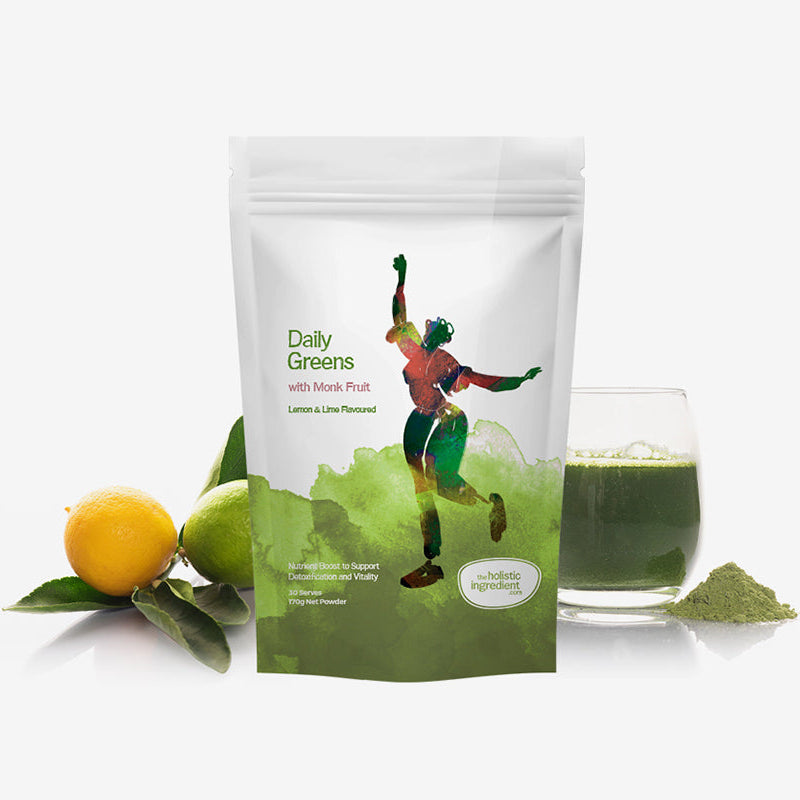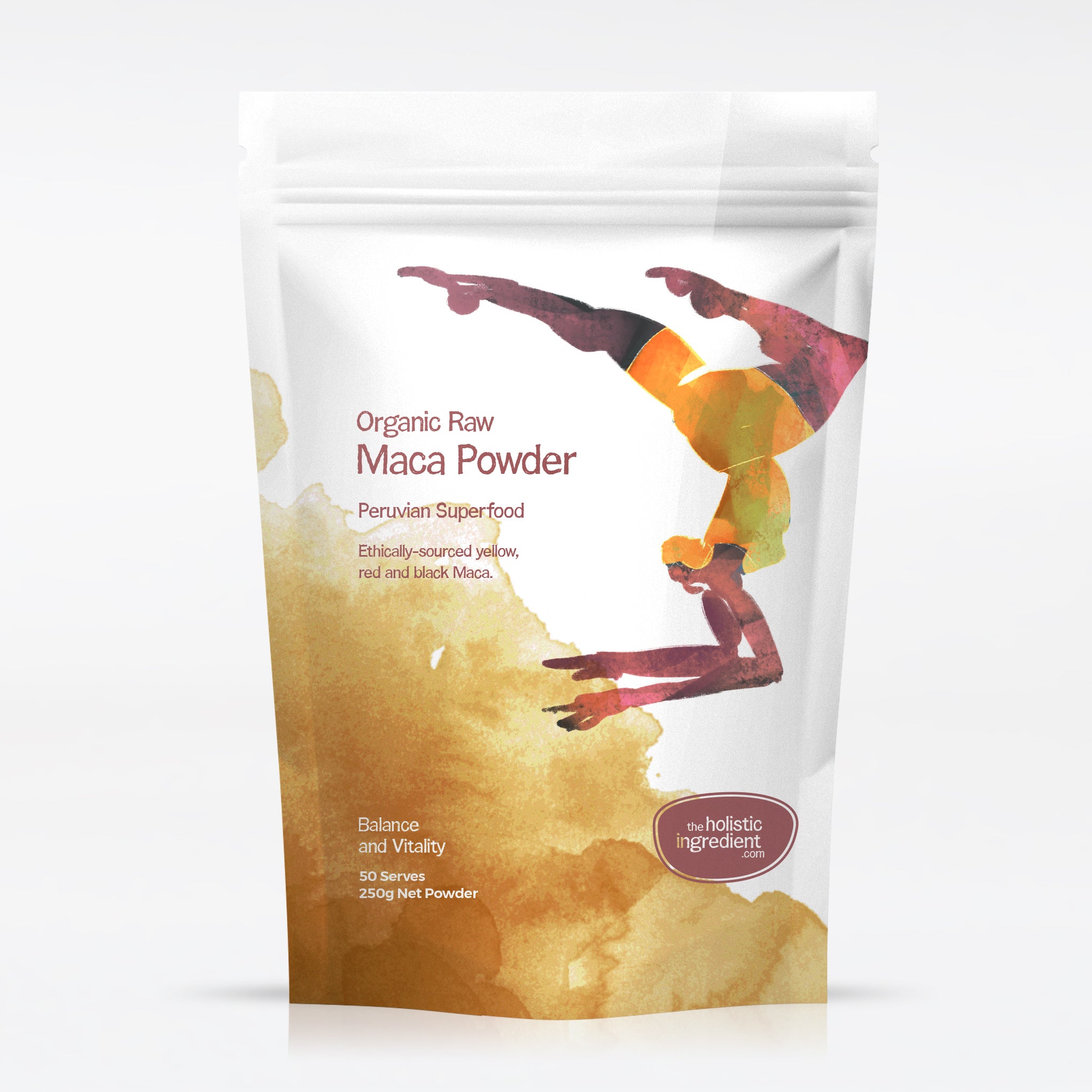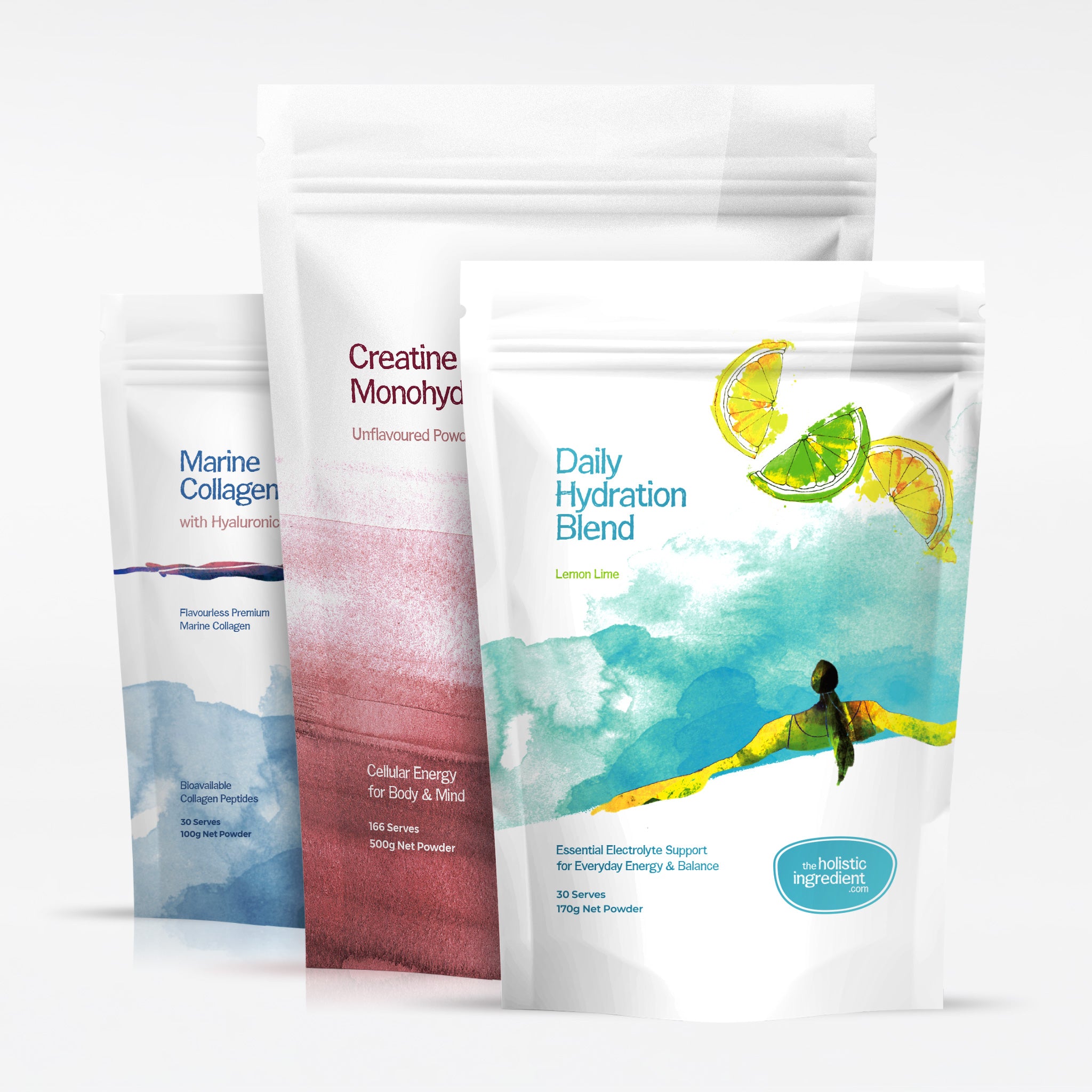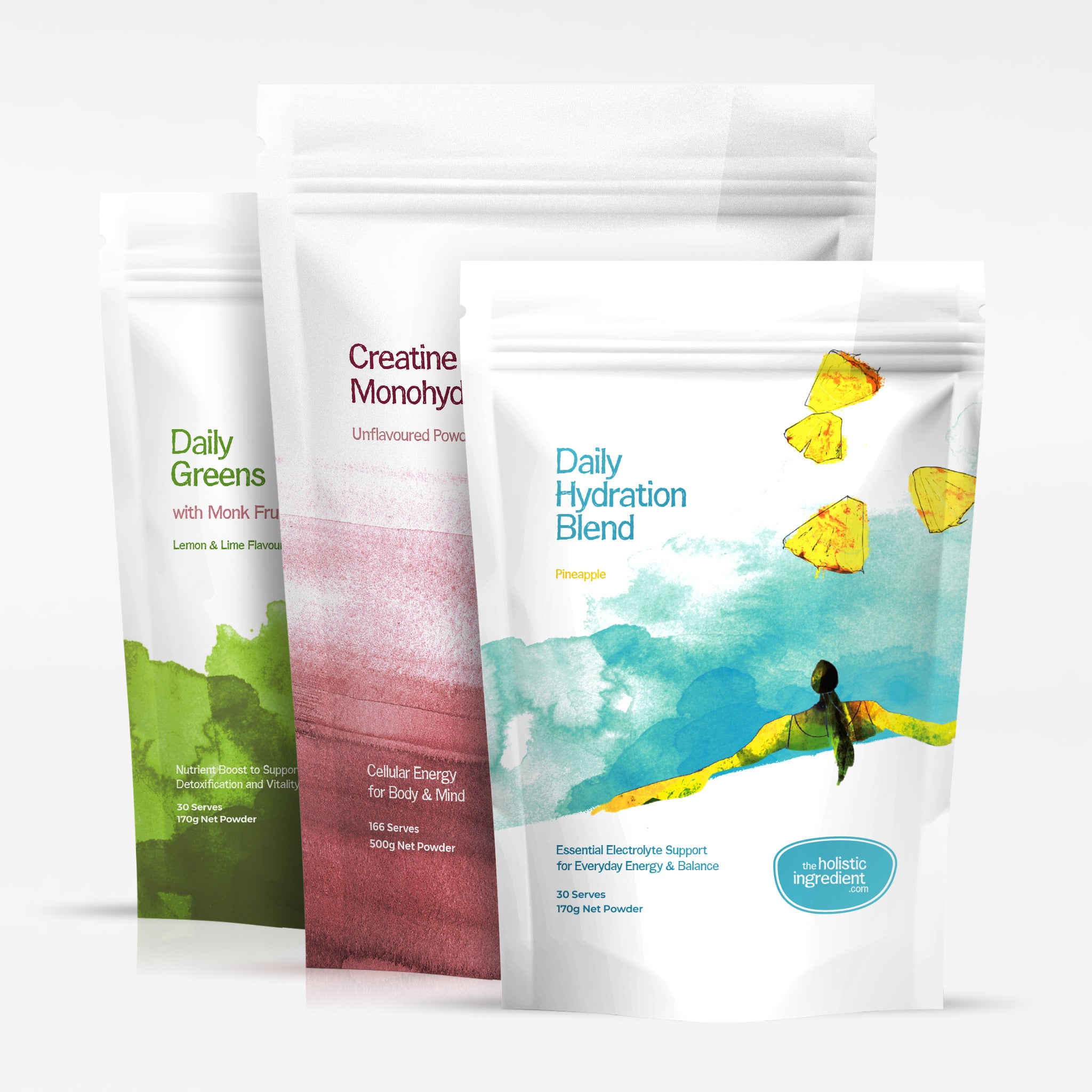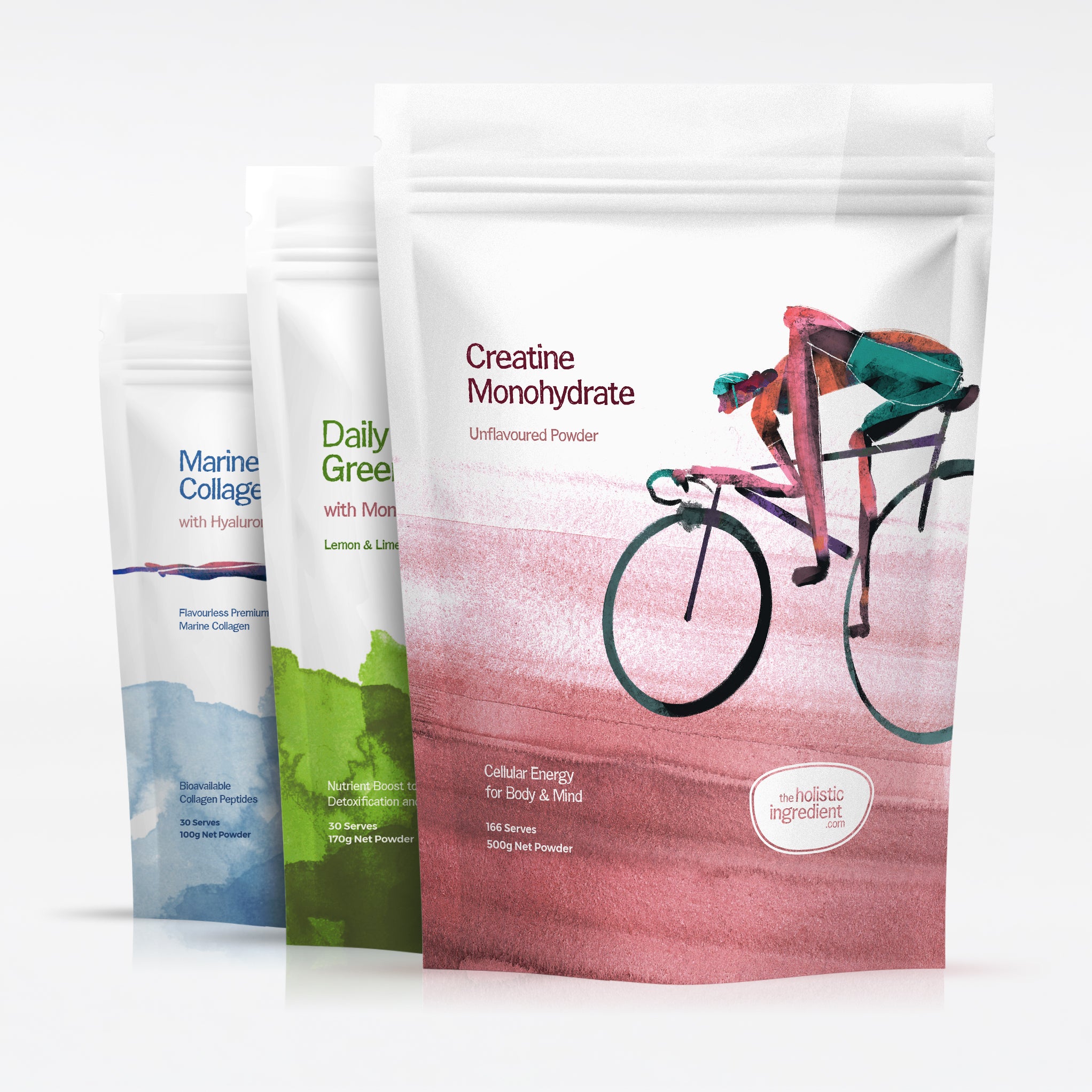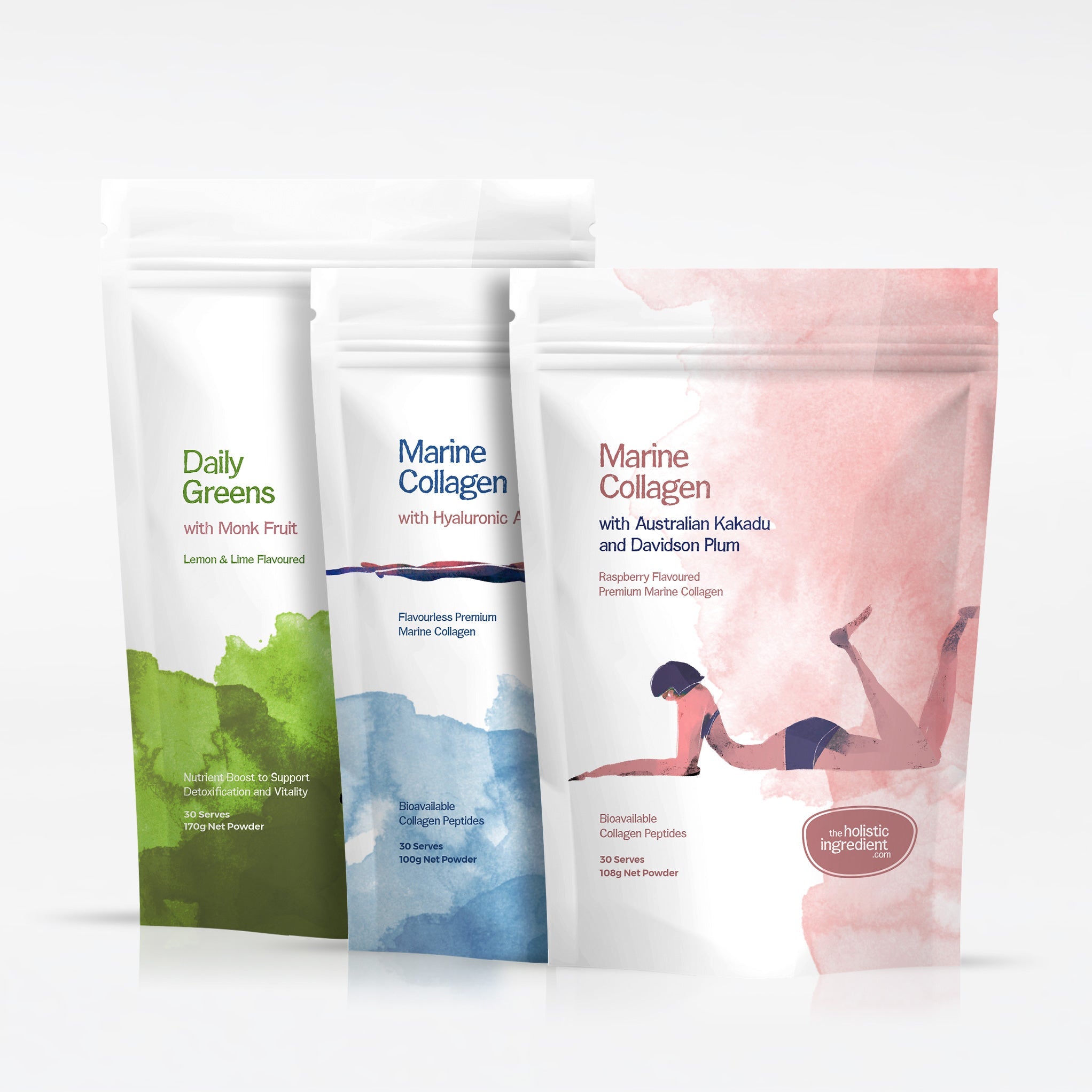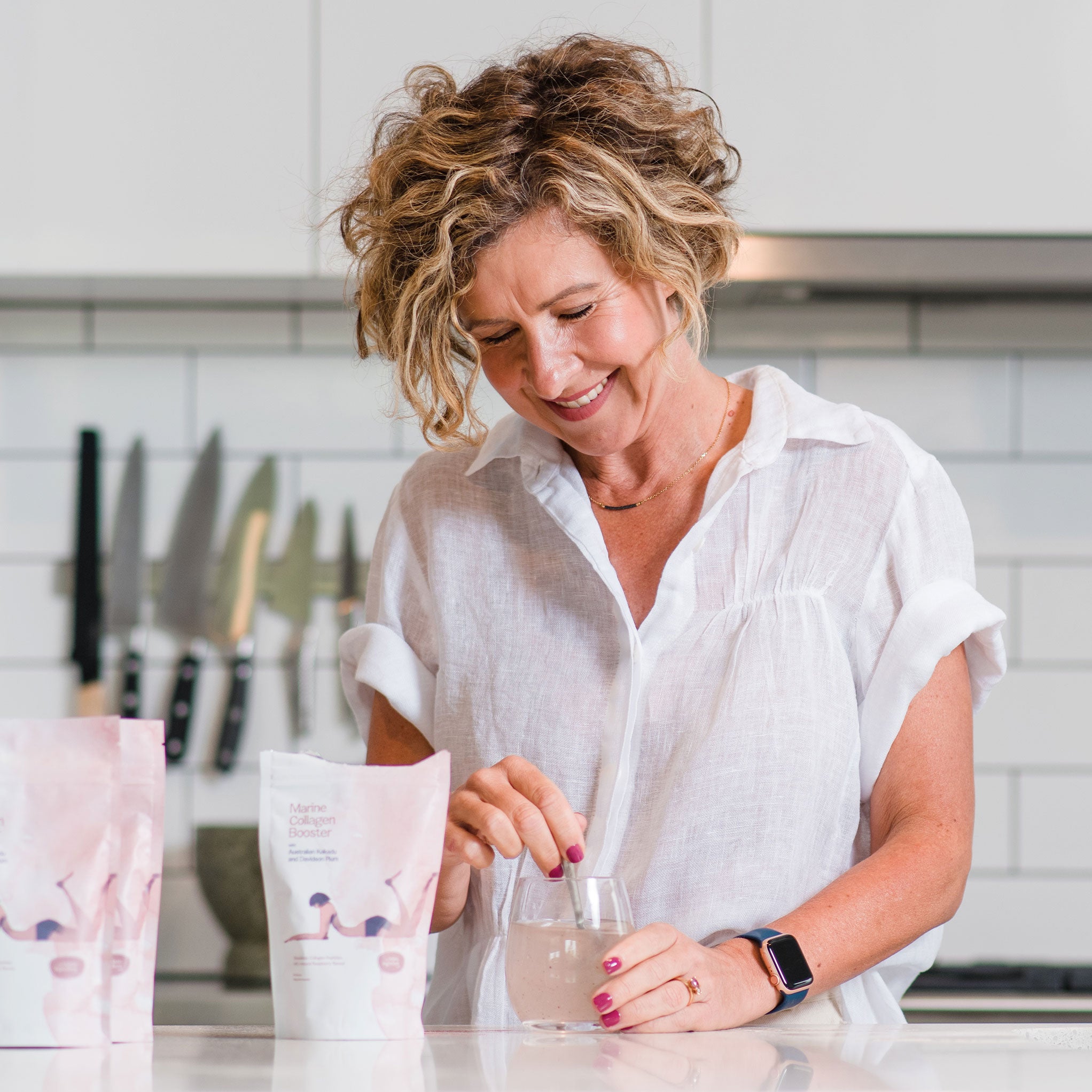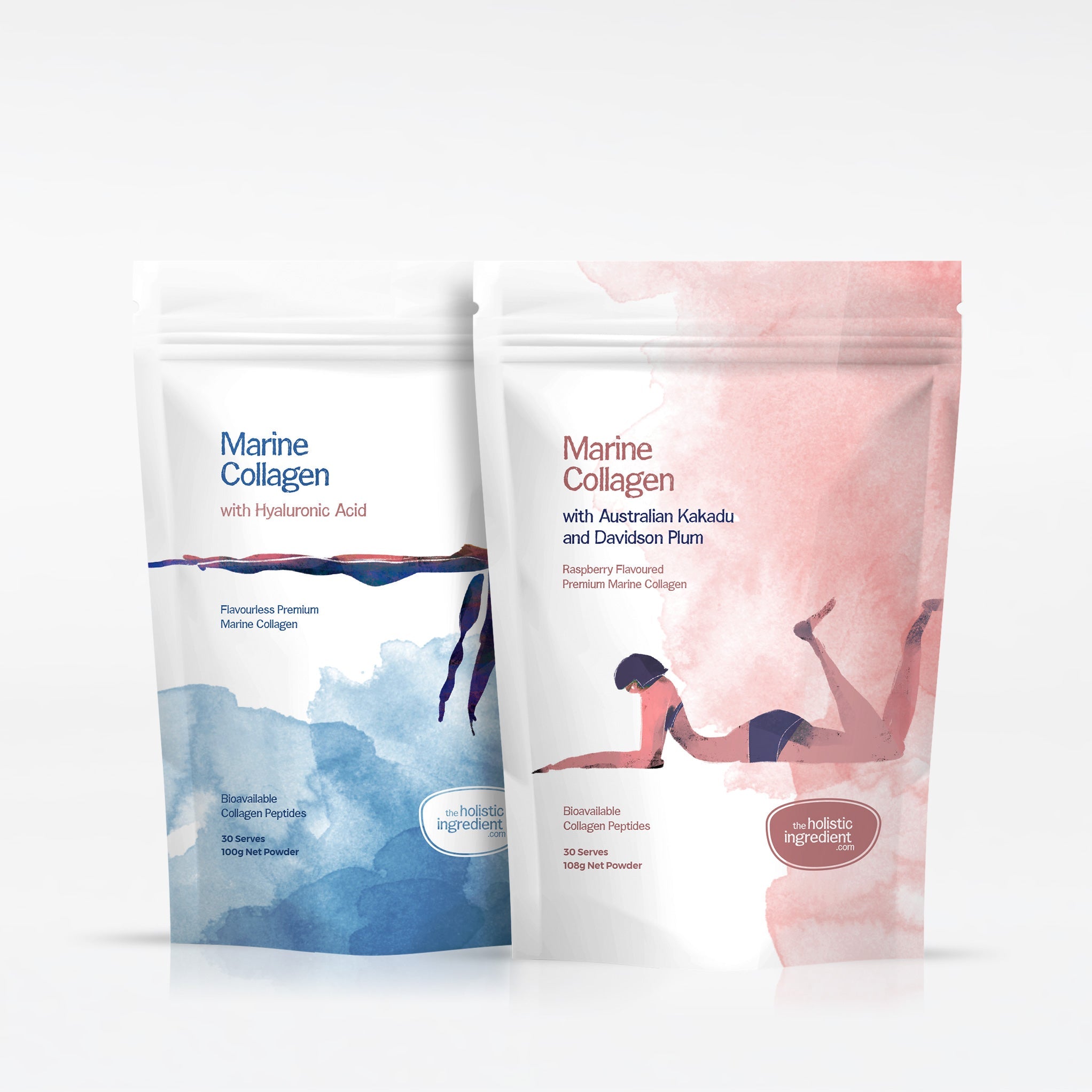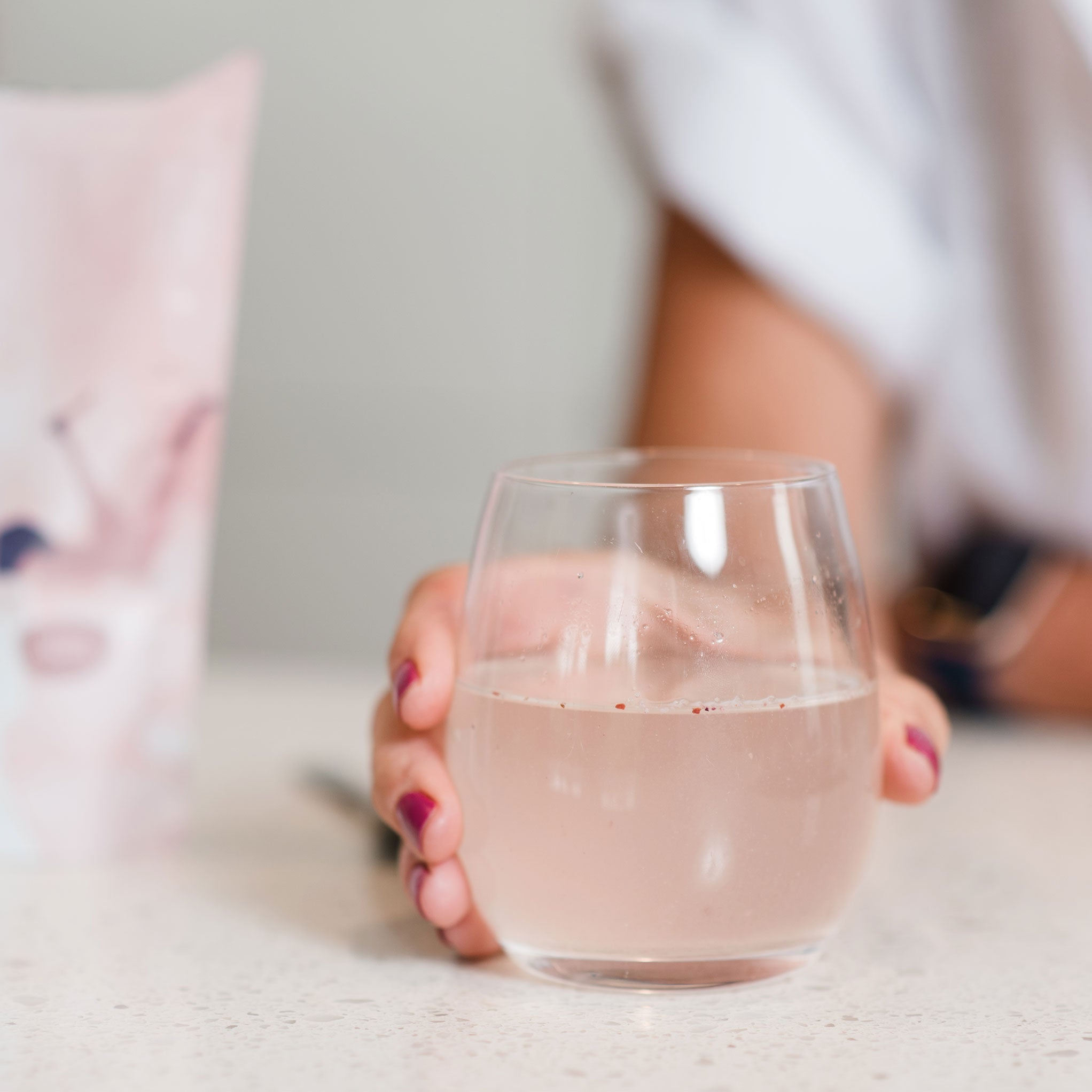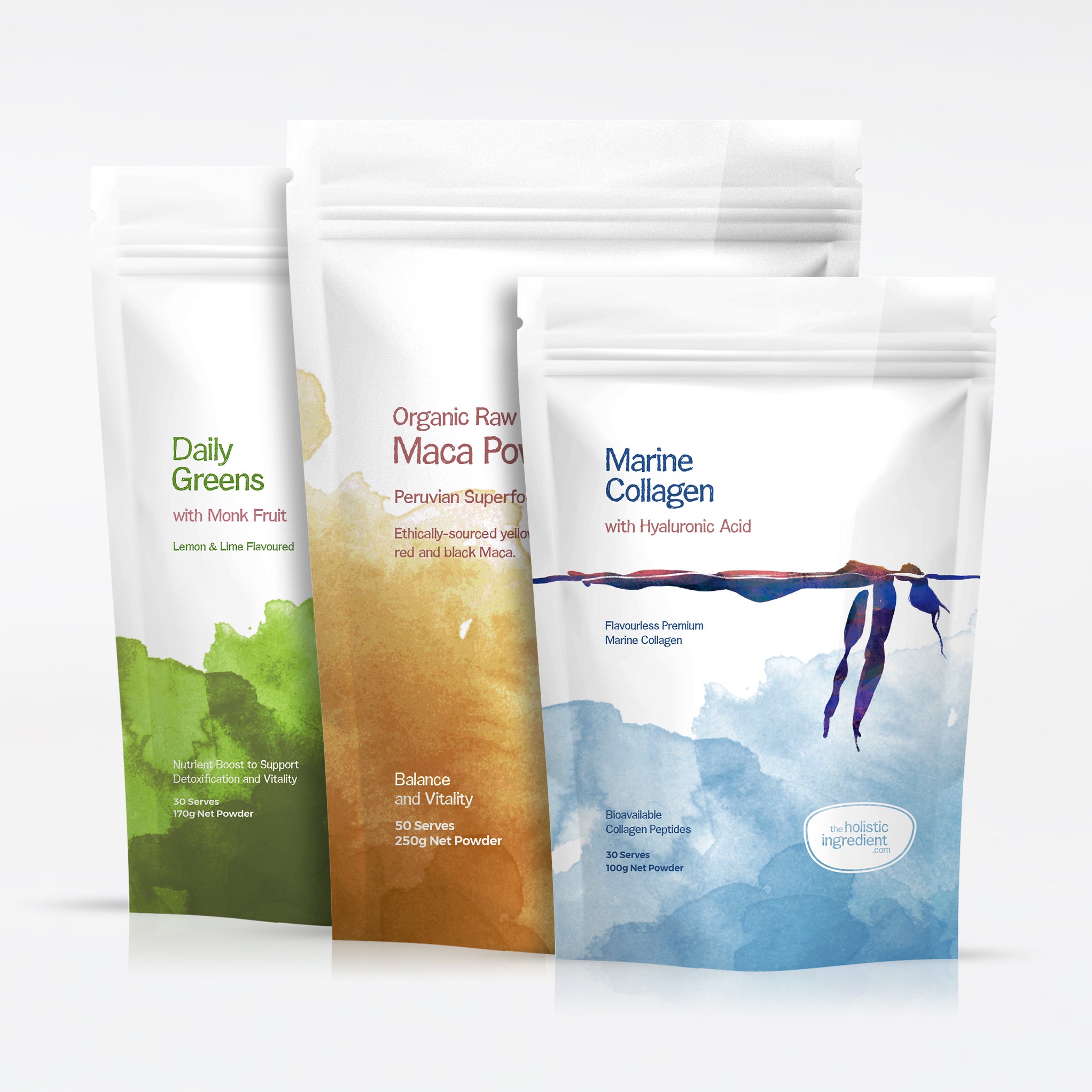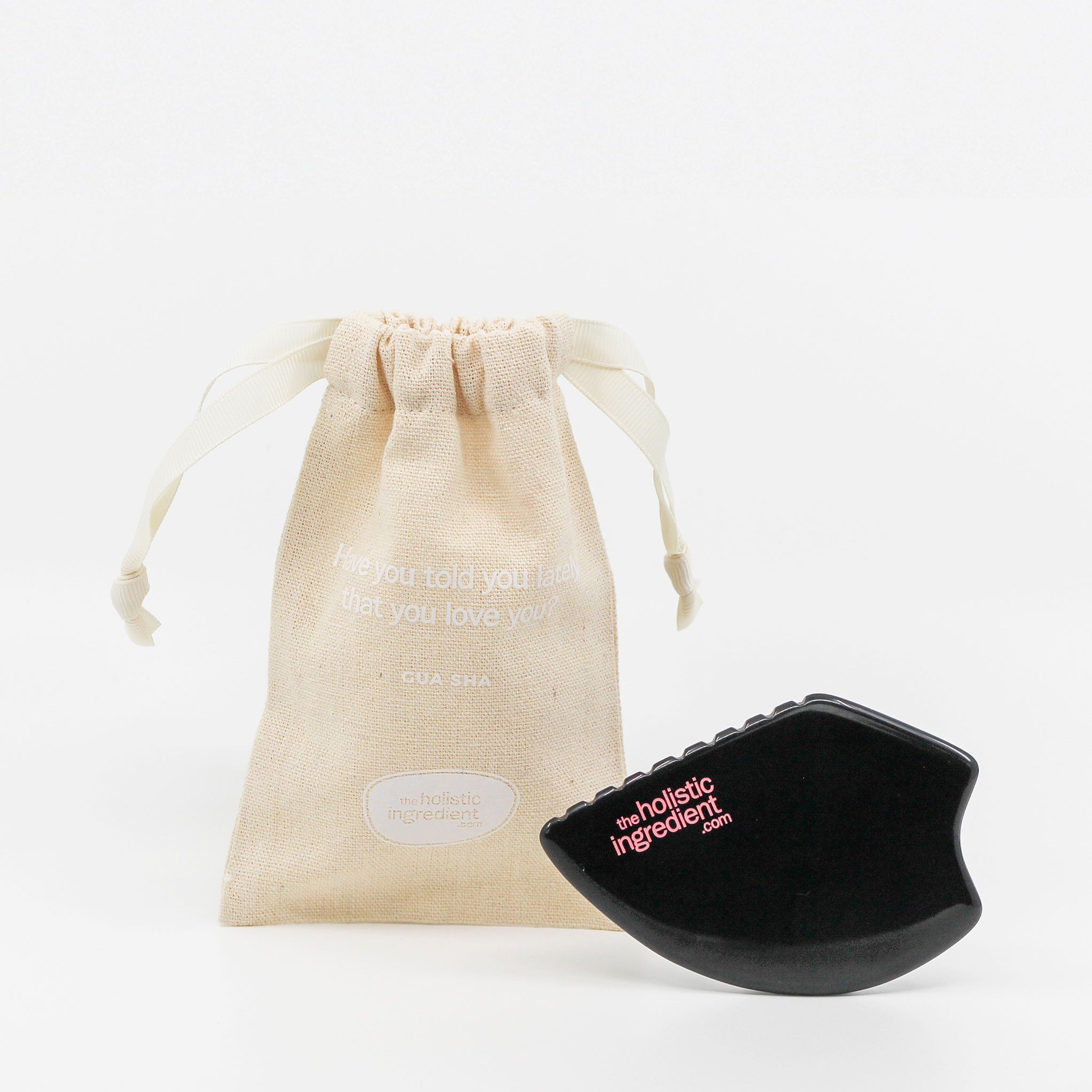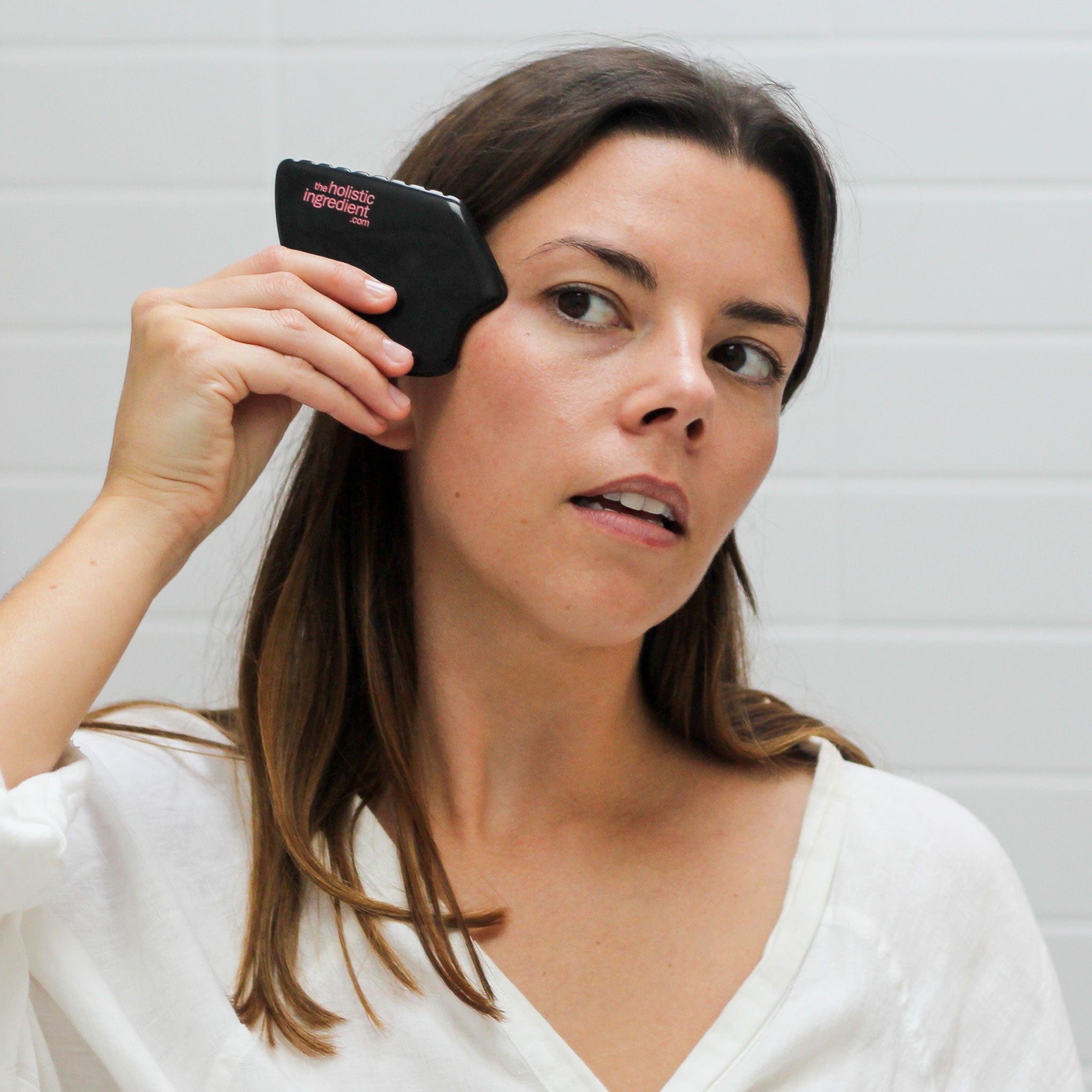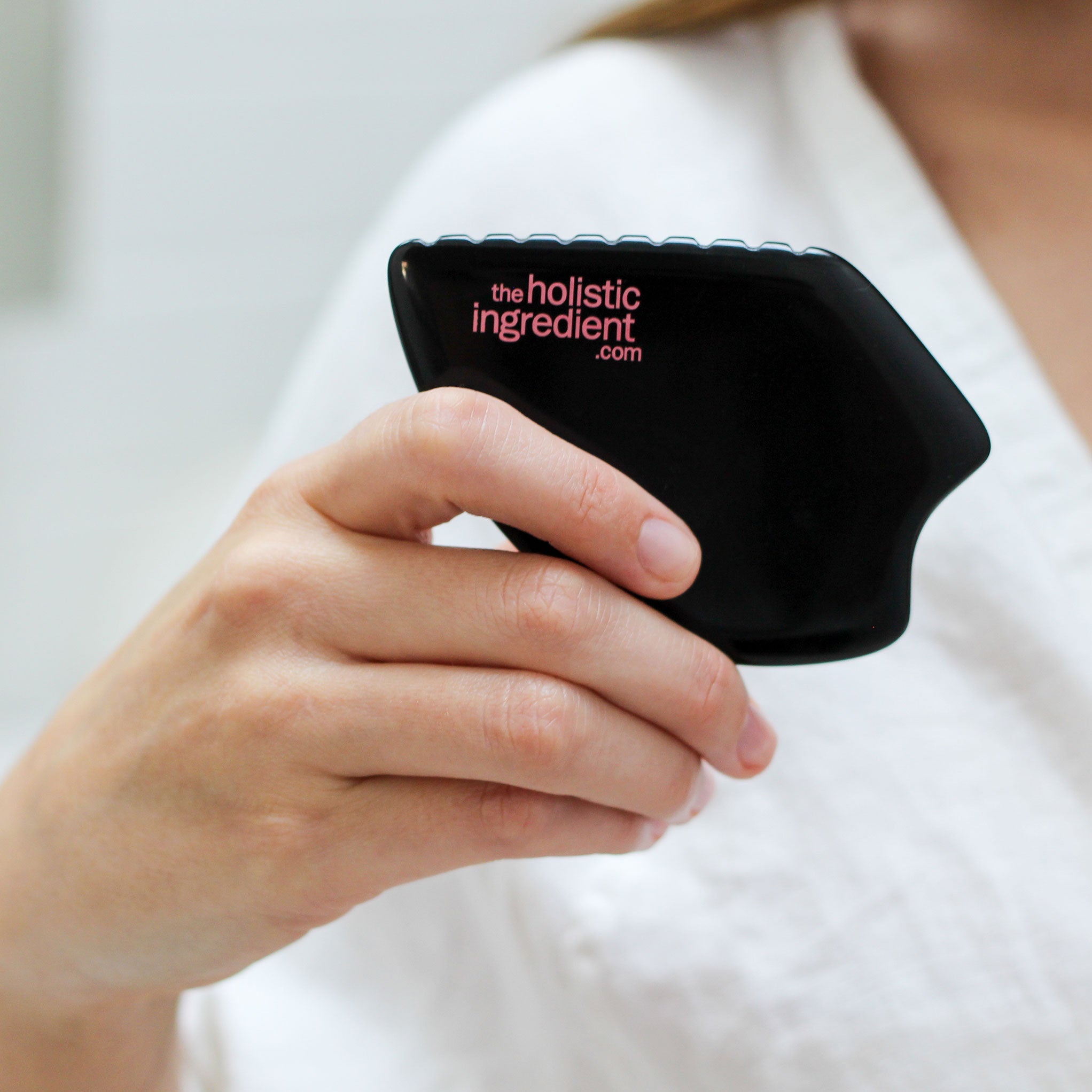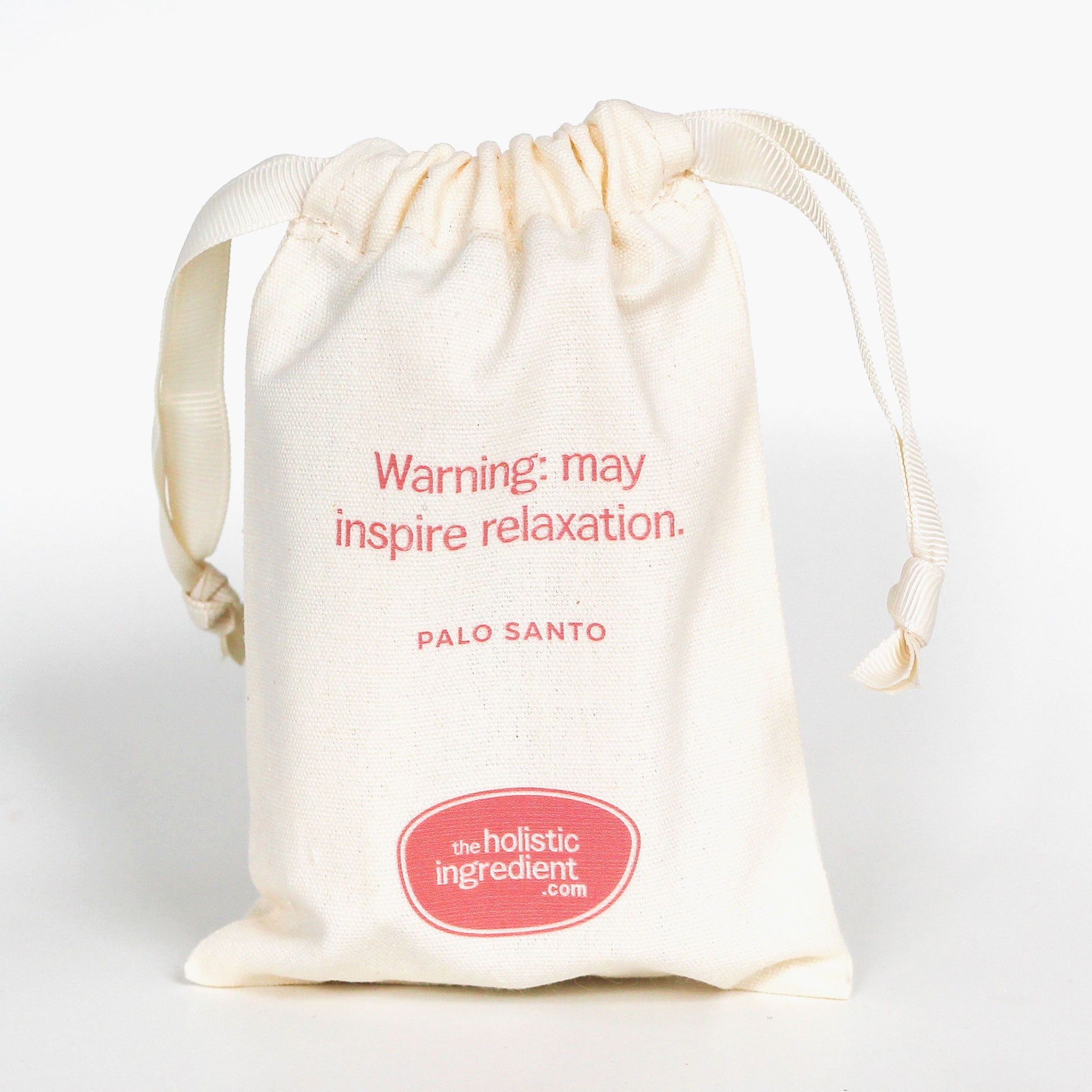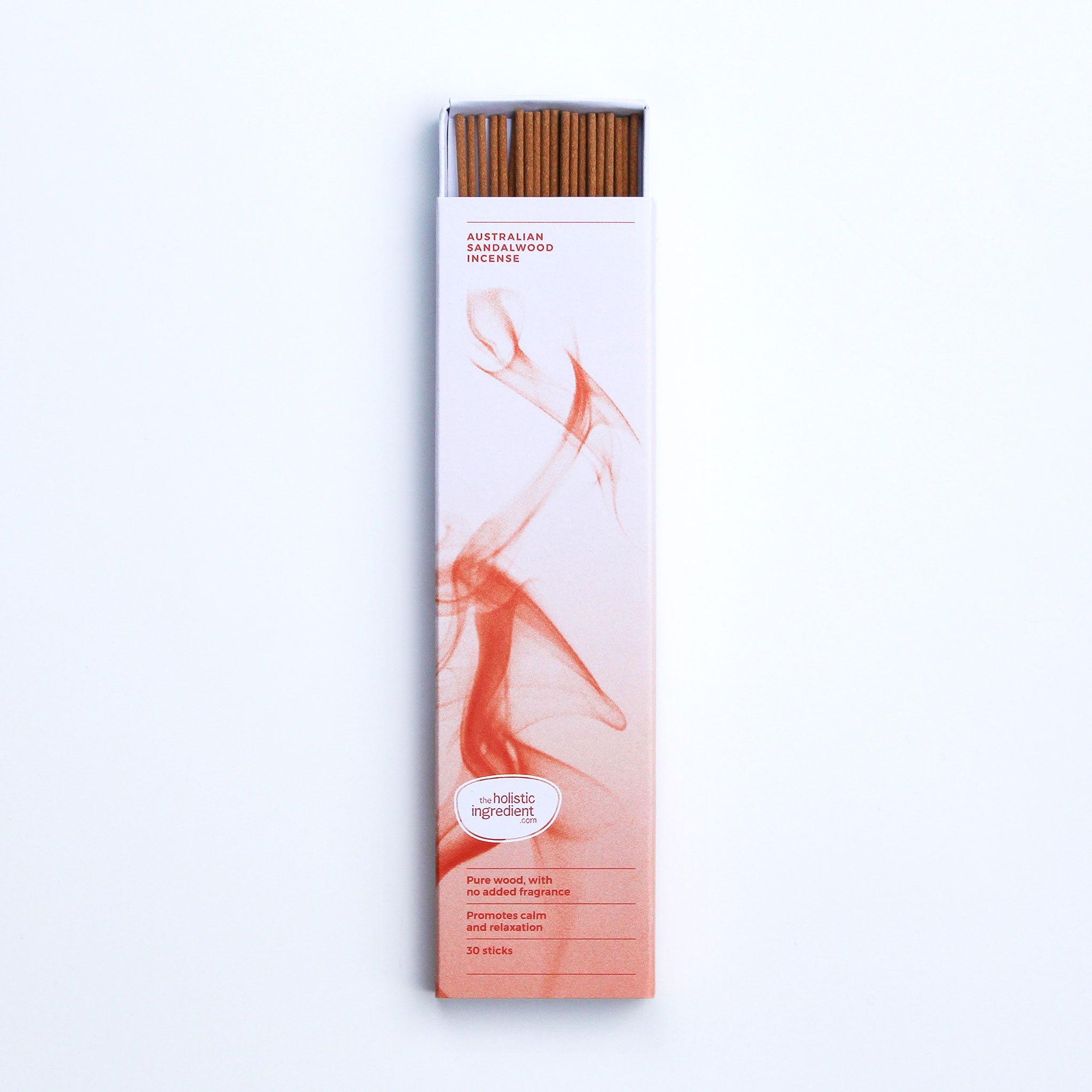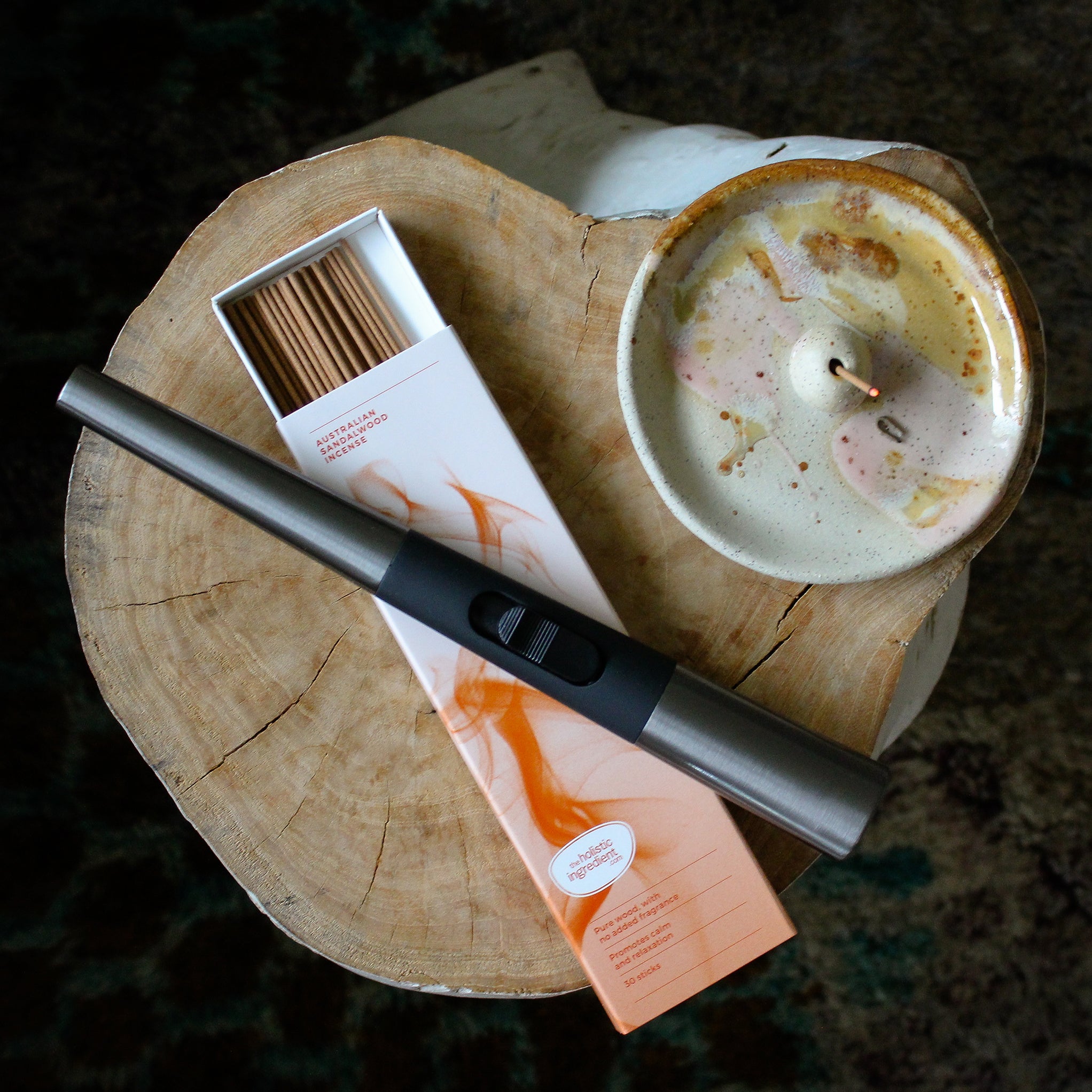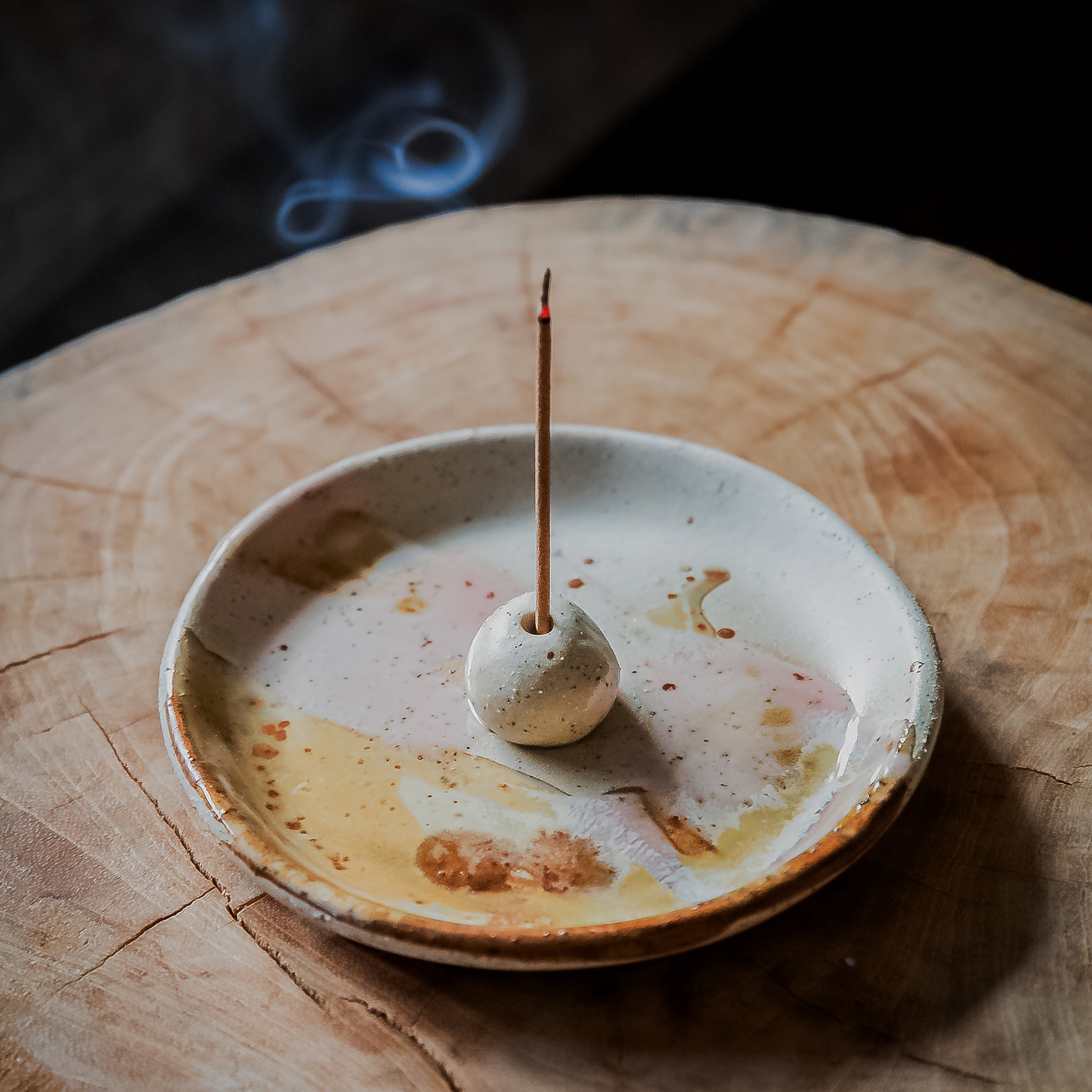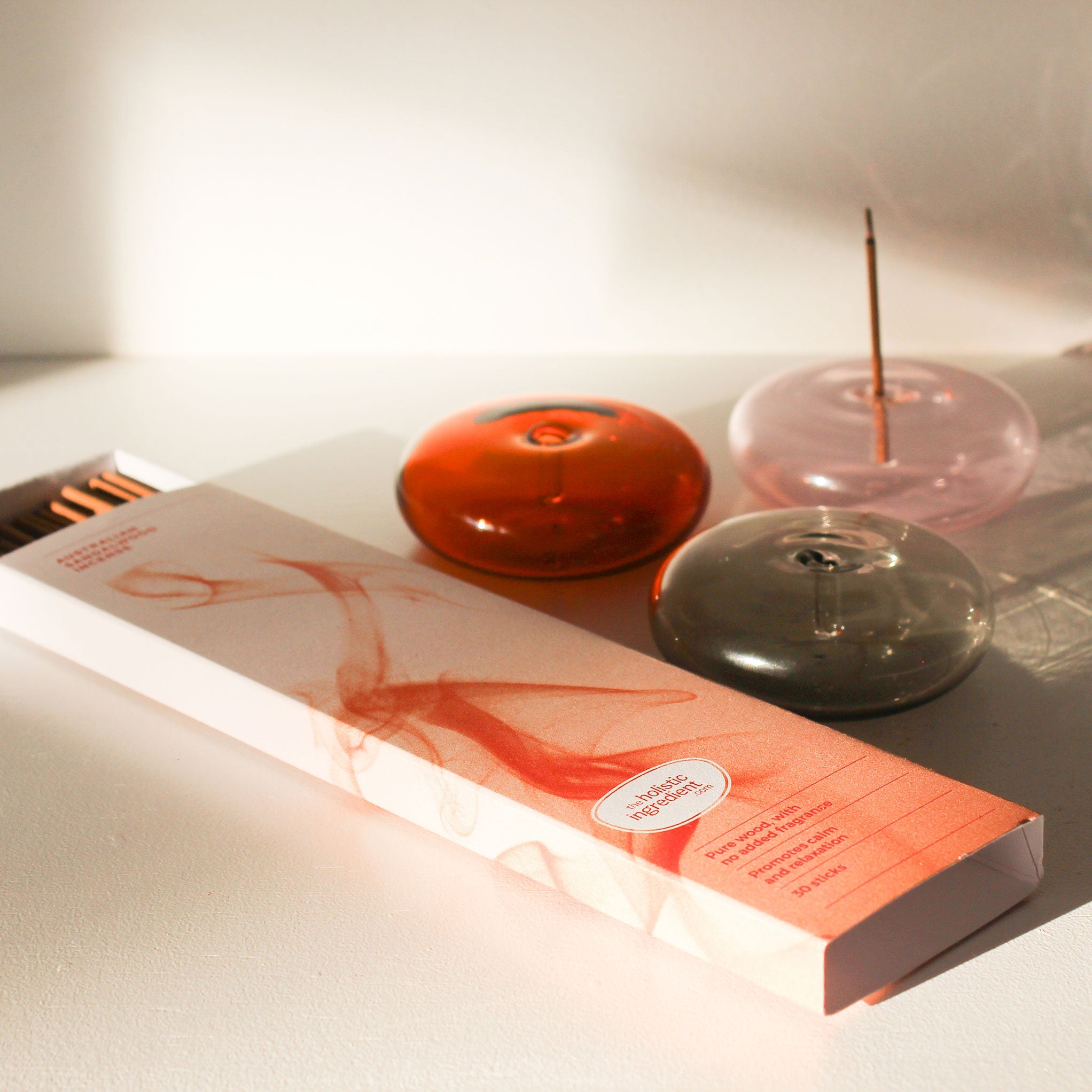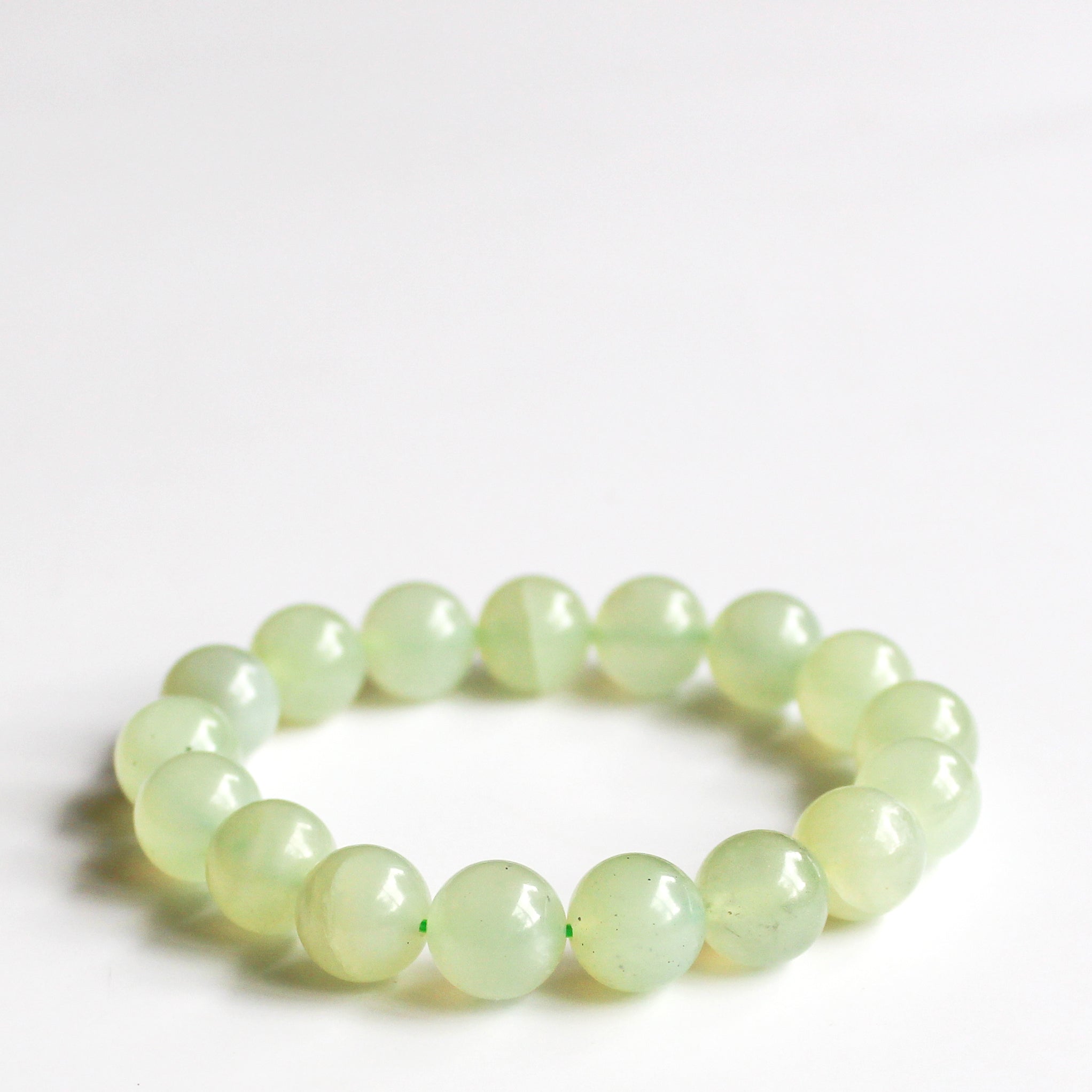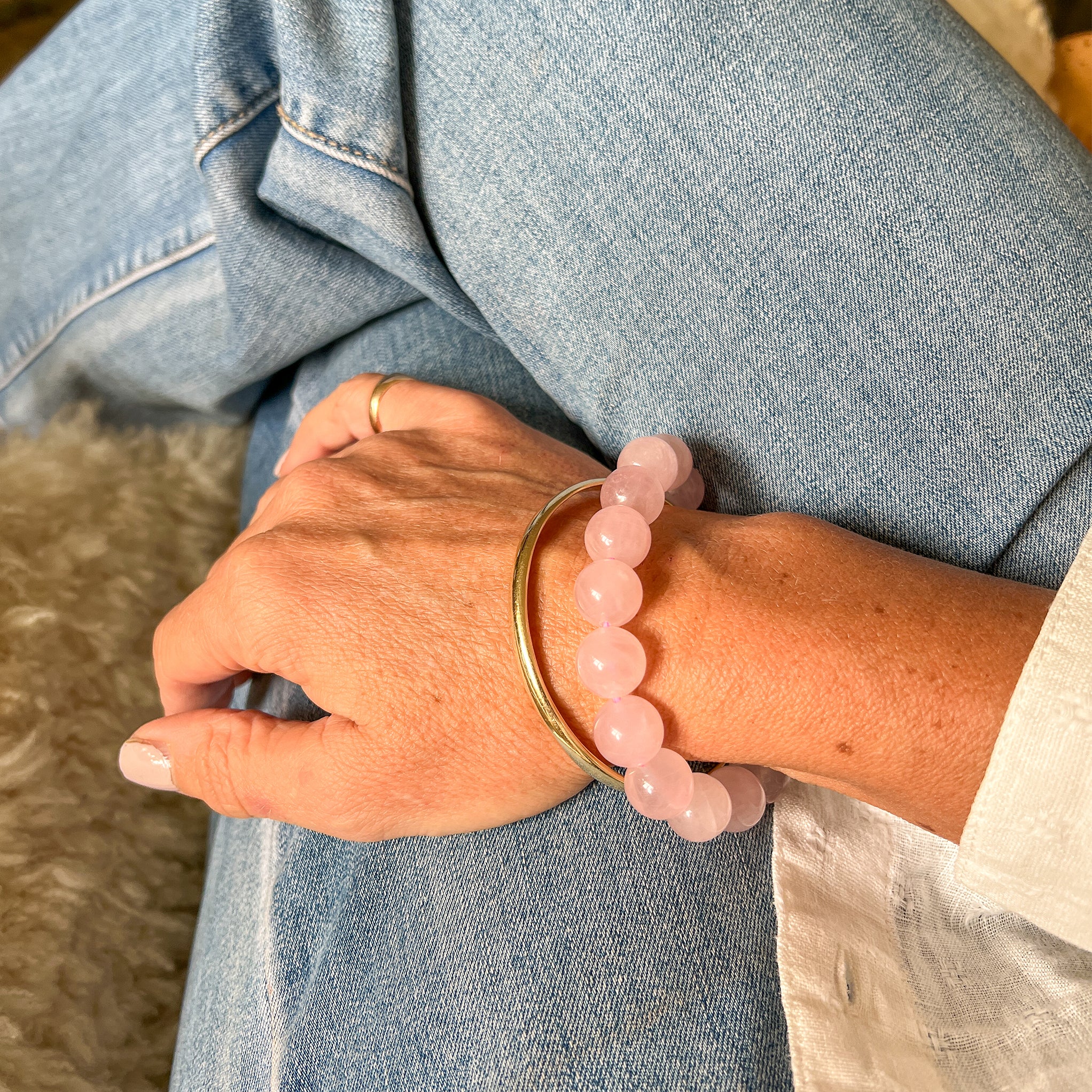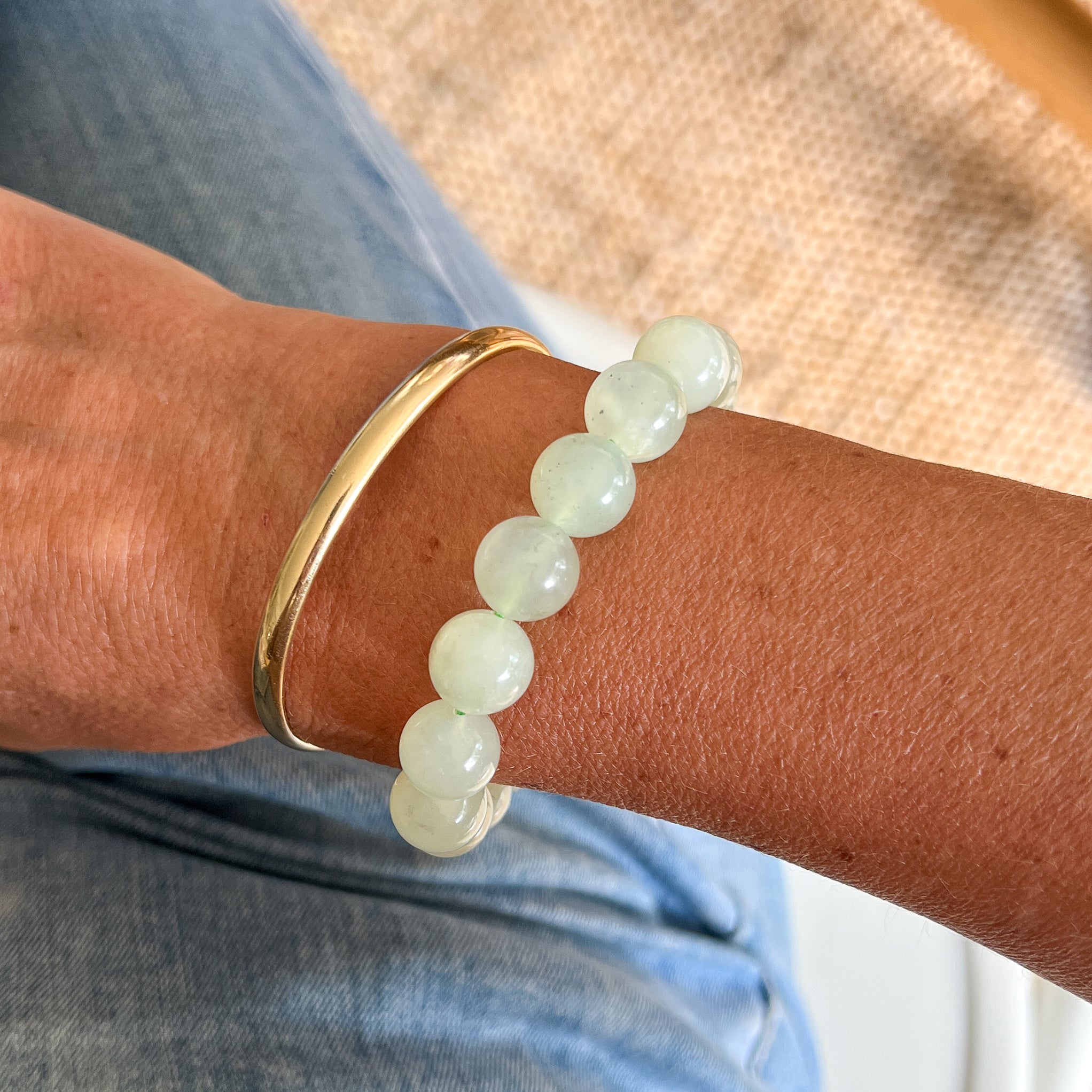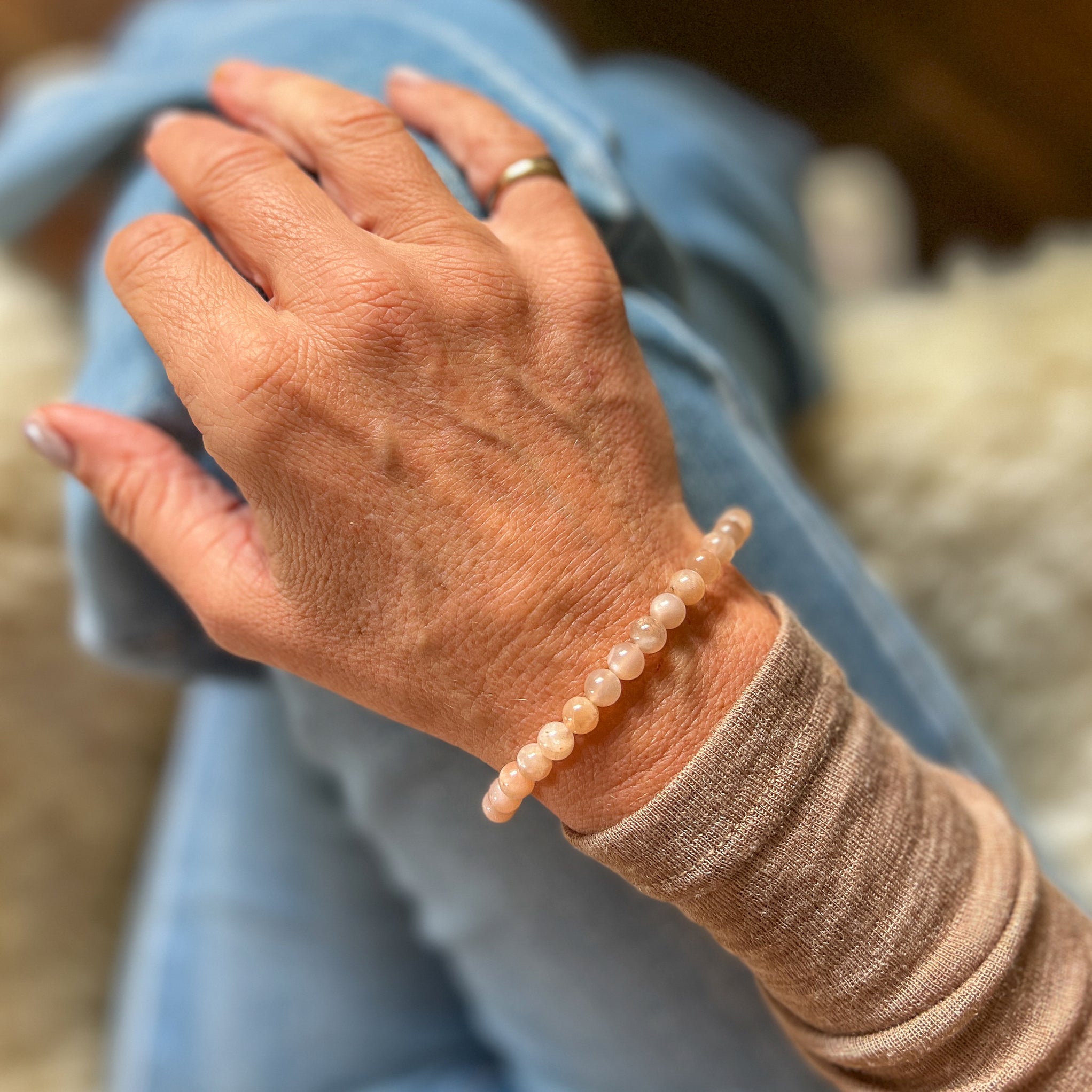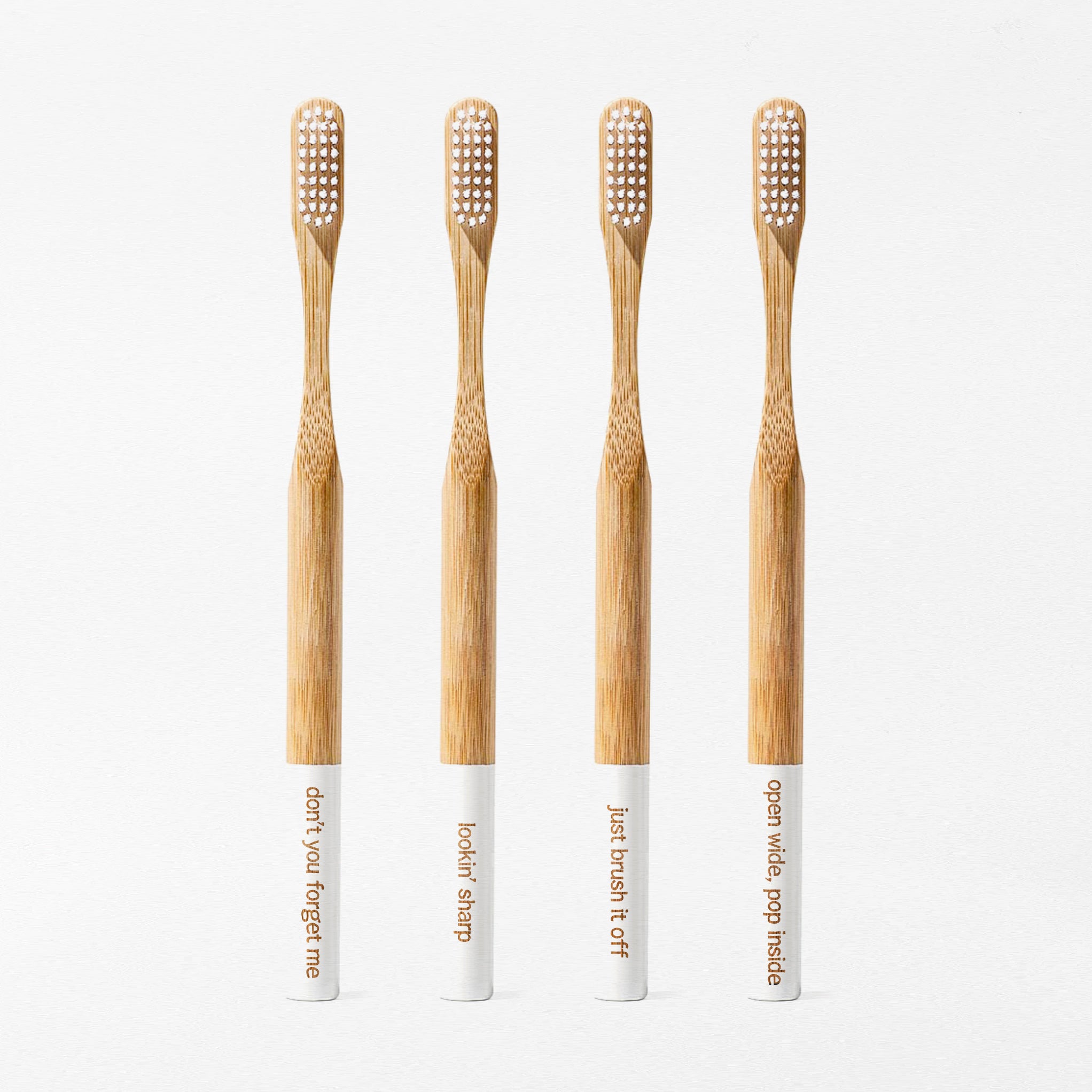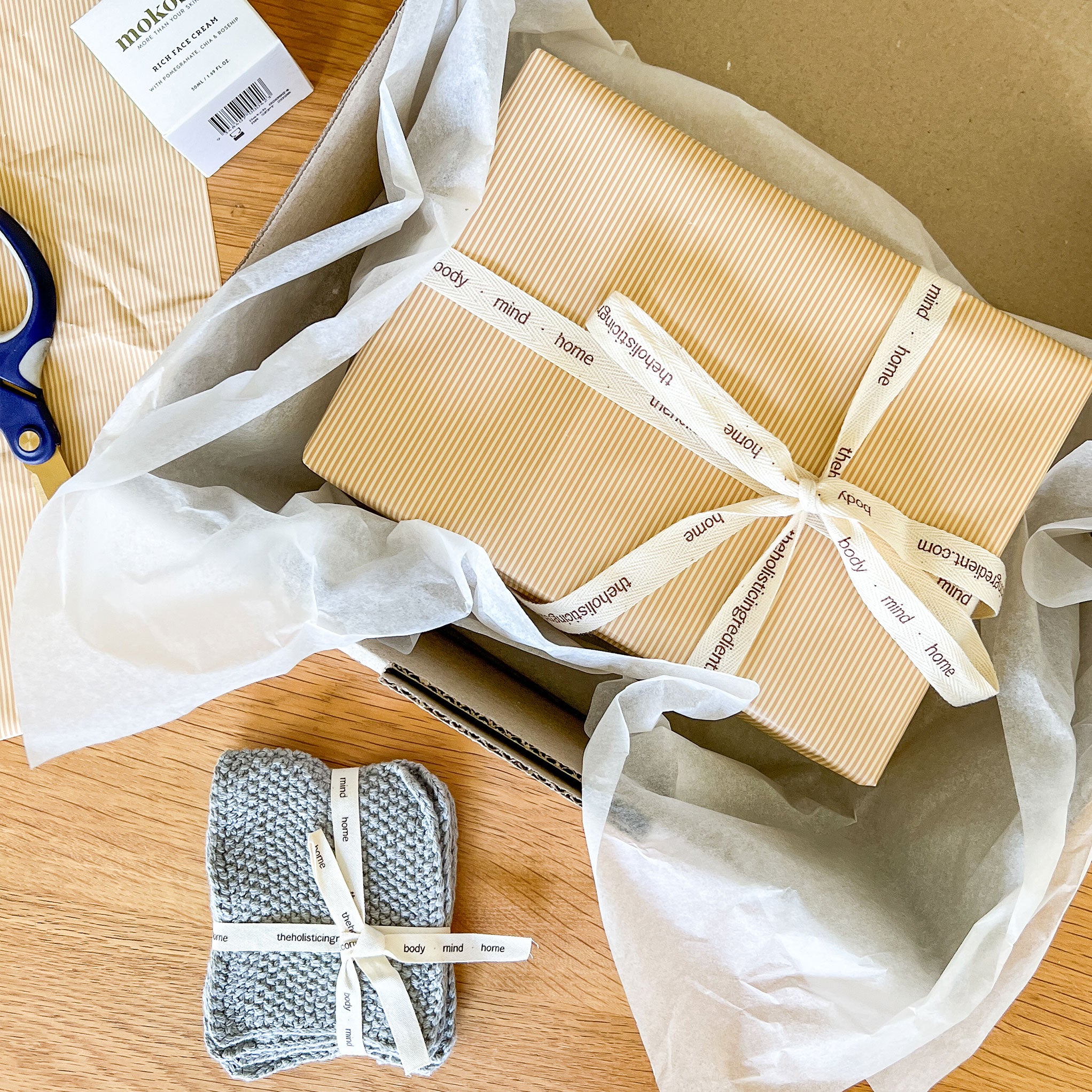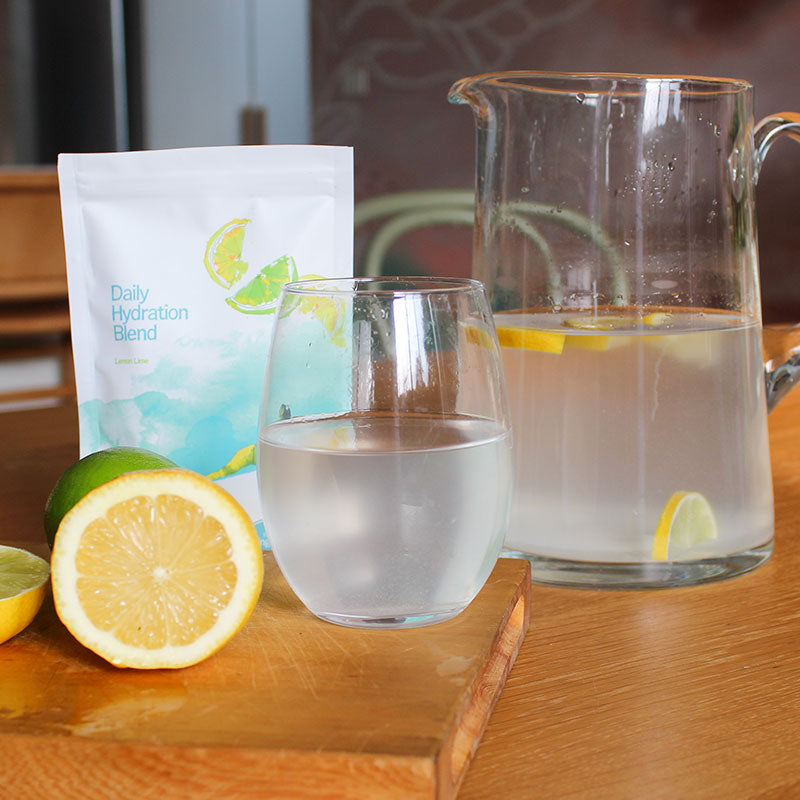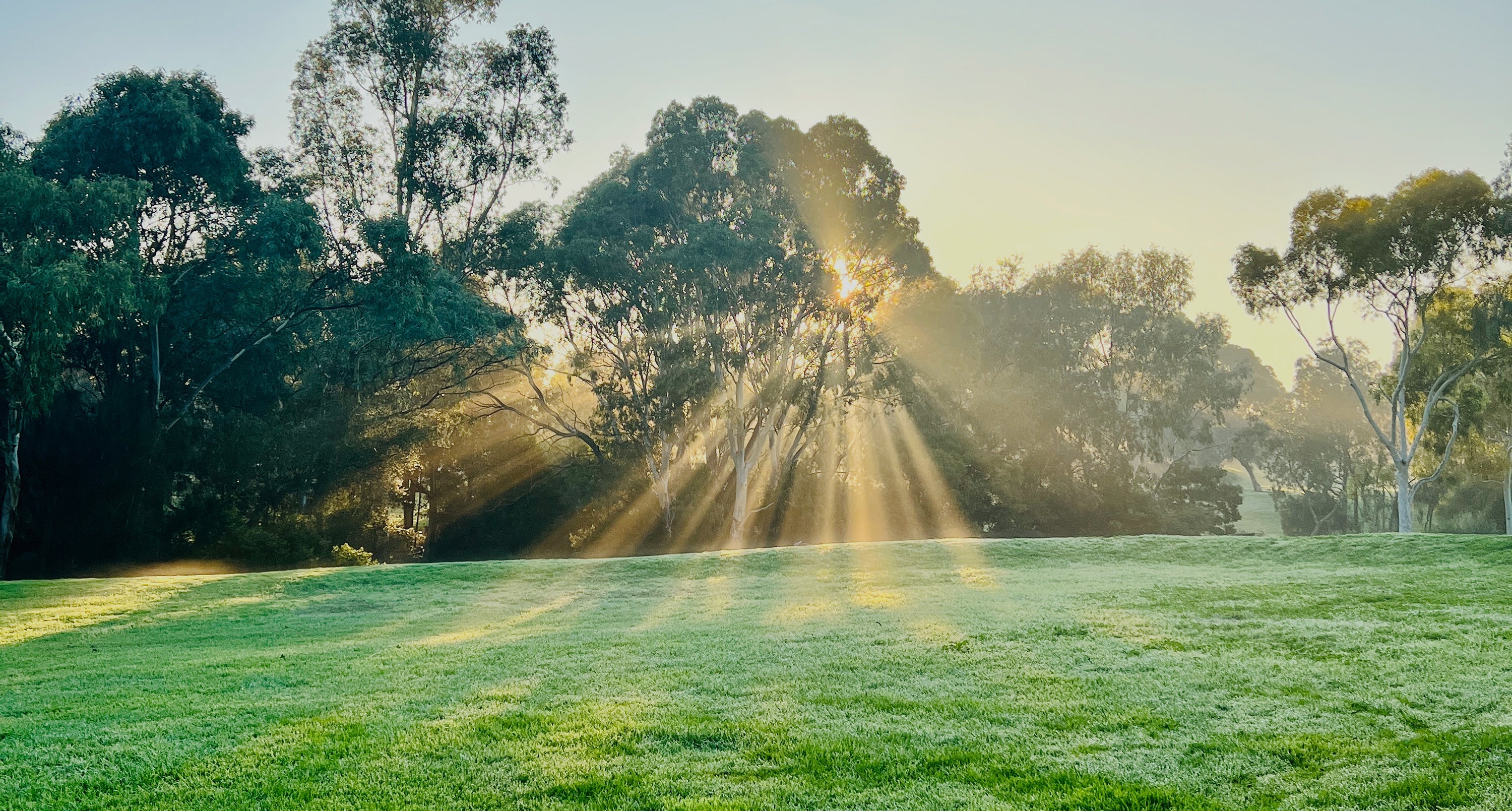
Post Edit August 2015: Please note Moringa is currently banned from sale in Australia. Food Standards Australia & NZ have claimed that safety has not yet been established (disputed by the scientific community, and history itself). We will let you know if and when this is lifted.
What has 17x the calcium of milk, 4x the protein of eggs, 10x the Vitamin A of carrots, 15x the potassium of bananas, 7x the Vitamin C of oranges and 15x the iron of spinach? I'll give you a guess...actually, best I just tell you 'else we may be here all year ;-)
What is it?
Moringa oleifera, also called the "Miracle tree", is a tree that grows in the foothills of the Himalayas in northern India AND (more significantly for us Aussies) in Northern Queensland. It is a multi purpose plant, whereby all parts of the Moringa plant - the gum, fruit, leaves, bark, root, seed and seed oil can be utilised.
Perhaps the most remarkable thing about the Moringa is that it has such incredible health benefits over a wide-range of health issues. Throughout history Moringa has been used to treat diseases which range from cardiovascular and gastrointestinal to inflammation - Journal of Phytotherapy Research 2007.
Why is it good for you?
From what I gather, the possibilities are almost endless. However, here are the most commonly reported benefits:
1. Increased and longer lasting physical energy
2. Mental and emotional balance
3. Faster recovery post workout
4. Nutrient dense mothers milk - in cultures across Africa, Moringa is referred to as 'Mother's Best Friend' in that the iron, potassium, Vitamins A, B, C and E along with other important nutrients are readily absorbed from the Moringa and transferred from the mother's milk to the growing newborn.
5. Stabilises blood sugar levels
In addition, benefits of Moringa also include increased flexibility, improved sensory perception, better sleep cycles, decreased depression and anxiety and improved memory. It has been used to assist those with diabetes, arthritis, high blood pressure, and even cancer. Additionally, Moringa is an antibacterial and anti-inflammatory and works effectively on wounds or fungal skin complaints.
How do we eat it?
Moringa is most readily available in powder form. The reason why dried leaf powder is preferred over fresh leaves is that the nutrition is preserved (and concentrated), a single serve can contain up to ten times more specific nutrients in comparison to fresh moringa leaves. This soft fluffy powder has no side effects and is easy to store. Moringa has a nutty earthy taste which is quite strong and being water soluble can be added to soups, stews or smoothies. Peanut and lemon seem to work well with the flavour profile of Moringa.
If you can get your hands on fresh Moringa leaves, pods or seeds, they can be eaten in all sorts of ways; in salads, rice or quinoa dishes, steamed or even fried in a little coconut oil. Half a cup of cooked leaves will meet your day's needs for Vitamin A & C.
Do note that excess heat destroys some of the vitamins and all of the enzymes of Moringa leaves or Moringa Powder. Be sure not to cook the fresh Moringa leaves or powder for too long.
Where to buy it?
We purchased our powdered Moringa from Forest Superfoods, a certified organic brand based here in Australia. Moringa capsules, moringa tea and Moringa oils are also available. Your local or online health food store is a great place to start. It's not the cheapest superfood on the market, yet the impressive nutritional profile indicates the expense may be worth it. Plus, you only need a small serving. Go get some Moringa into you and let us know if you feel the positive changes in the comments below.
Have you tried moringa and if so how do you like to include it in your diet?

















